On June 12, 2016, the Pulse Nightclub shooting claimed 49 victims and forever changed the lives of many more survivors, family members, and first responders, as well as the communities to which those individuals belonged. The outpouring of love and support in the wake of such tragedy linked profoundly personal histories together in unexpected ways. The artifacts found in this exhibition are physical representations of these stories; some of struggle and loss and others of triumph and hope. Each of these journeys, in many ways so different, converge in the early morning hours of that fateful day. As time moves forward, we will continue to remember these stories and honor those whose lives so significantly shaped them.
.
Stories
Just imagine what stories the objects found in this exhibition could tell. Some are simple, some are profound and carry tremendous emotional weight, and some are a bit more difficult to decipher. They all share a commonality – an association with the Pulse Nightclub shooting. Some of their stories are apparent, while others took the passage of time for their tale to unfold. Each item here carries with it more than its original intended use may imply, serving as a reminder of the incalculable number of connections made during the response to this senseless act of violence.
![]()

Both governments collaborated in forming the Orlando United Assistance Center to aid those affected by the tragedy through counseling and other social services. Another joint effort designated June 12 as Orlando United Day, a “Day of Love and Kindness” in honor of victims, survivors, and the community response to the tragedy. A copy of the proclamation that once belonged to Orlando City Commissioner Patty Sheehan is now part of the History Center’s permanent collection.

January 4, 2011
June 12, 2016
June 23, 2016
June 27, 2016
June 12, 2017
March 13, 2018
Mayor Buddy Dyer,
October 2016
Teresa Jacobs sworn in as 4th Mayor of
Orange County
History Center staff collects first items
Orlando United Assistance Center opens
One Orlando Collection Initiative officially begins
Inaugural Orlando United Day
Commissioner Patty Sheehan donates signed
proclamation to History Center collection

In June 2016, prior to the book’s release, Julia traveled to Orlando to speak at a children’s publishing conference. She amended her entire speech to address the recent Pulse tragedy, discussing the role writing can play in finding meaning and hope in the midst of difficult times. She then made a trip to visit the memorial at the Orlando Regional Medical Center (ORMC). After seeing so many items placed there in tribute, it seemed only appropriate to leave a galley (an advance copy used for proofing) of Where Do They Go? among the thousands of objects. With consideration to both the content of the book and the moving nature of the memorial, Alvarez recalled that it “seemed like a book that belonged in that space.”

1960
1984
January 4, 1991
June 23, 2016
June 24, 2016
June 28, 2016
November 2, 2016
November 30, 2019
The Alvarez family flees the Dominican Republic due to her father’s opposition to the Trujillo regime, returning to the USA
Homecoming, a collection of poetry, becomes Alvarez’s first published book release
Alvarez publishes her first novel, How the García Girls Lost Their Accents
Alvarez delivers the keynote speech at the American Booksellers Association’s Children’s Institute conference in Orlando
While visiting the memorial outside of ORMC, Julia inscribes a galley of her upcoming book Where Do They Go? for Pulse victims
Book is collected by staff of the History Center
Where Do They Go? published by Seven Stories Press
Alvarez participates in an oral history with the History Center
On June 10, 2016, Grimmie performed at The Plaza Live on North Bumby Avenue in Orlando, opening for the band As You Exit. Following the concert, she stood by her merchandise display, taking photos and signing autographs. After waiting in line among fans, a man approached the table and began shooting, killing both Christina and himself. In a shocking act of violence, a young and promising life was ended. Just over 24 hours later, more tragedy would unfold in Orlando with the Pulse Nightclub shooting. These two events became linked together in the collective consciousness of the city. Several tributes to Grimmie were placed among the Pulse memorials around town, including this printed photo collected from outside the Dr. Phillips Center for the Performing Arts. The image shows Christina during her final performance, in the last hours of her life.

July 17, 2009
August 6, 2013
May 20, 2014
May 29, 2016
June 10, 2016
June 17, 2016
June 27, 2016
June 9, 2017
Christina posts her first video on YouTube
With Love, Grimmie’s debut full-length album, is released
Grimmie places third in the finals of The Voice
Tour with Before You Exit begins in Philadelphia, PA
Christina Grimmie, 22, is shot and killed while greeting fans following a concert performance in Orlando
Public memorial service held for friends and fans
Photo collected by History Center staff from memorial at the Dr. Phillips Center for the Performing Arts
Christina’s second album, All Is Vanity, is released posthumously
Less than a week after the shooting, Orlando City faced the San Jose Earthquakes in a match at Camping World Stadium. The home team wore Orlando United shirts during their warmups, and the game presentation featured several tributes to victims and first responders. In a moving gesture, the game was paused during the 49th minute of play for a moment of silence. The club would later create a permanent memorial in their new stadium by installing 49 rainbow-colored seats, one for each victim.

March 8, 2015
June 13, 2016
June 14, 2016
June 16, 2016
June 16, 2016
June 18, 2016
January 4, 2017
of MLS
First MLS game in Orlando
Orlando City Soccer marketing team meets
following shooting
Club announces fundraiser and shirt design
Design is first made available for purchase
Mayor Buddy Dyer presents a shirt to President
Obama during his visit to meet with families
Orlando City team wears shirt during warmups
for their first game following Pulse
49 rainbow seats unveiled in new stadium
Following the Pulse Nightclub shooting, many groups wished to show solidarity with Orlando. New York City and San Bernardino, CA, both of which had experienced acts of mass violence, were among those represented. Locally, a large group of employees from Loews Hotels, operator of several resort properties in town, created over 1,200 individual stars for staff and volunteers at the Orlando Regional Medical Center, as well as for the memorials at the Dr. Phillips Center for the Performing Arts and Pulse Nightclub. One of the creators of Stars of HOPE, Jeff Parness, worked alongside Loews on their project, decorating his own star with the message “LOVE = PEACE.”

1999
2007
June 2016
June 28 & 29,
2016
June 30, 2016
June 12, 2017
first resort in Orlando
Stars of HOPE USA launched by New York Says
Thank You Foundation
Loews Hotel employees begin creating stars in response to Pulse Nightclub shooting
Representatives from Stars of HOPE visit Orlando and assist Loews employees in placing stars at memorial sites
Star collected from memorial at the Dr. Phillips Center for the Performing Arts by History Center staff
During the one year remembrance of the Pulse Nightclub shooting, Orlando residents gather to paint Stars of HOPE for the victims’ families and survivors of the Manchester Arena bombing
The piece was quickly covered with handwritten names and well-wishes, each offering their condolences to those who suffered during the terrible tragedy. In October 2016, members of NOLHA visited Orlando to deliver the statue. The gift was presented during a ceremony here at the Orange County Regional History Center, attended by dignitaries including Orlando City Commissioner Patty Sheehan and then Orange County Mayor Teresa Jacobs.

August 29, 2005
July 9, 2008
2014
July 23, 2016
July 25, 2016
October 14, 2016
Hurricane Katrina hits New Orleans, LA
Bill is signed making the Fleur-de-lis an official symbol for the state of Louisiana
New Orleans LGBT Hospitality Alliance founded
Statue is first made available for signing at the 29th Annual Gay Appreciation Awards Gala
Signed statue goes on display for a week at the Sheraton New Orleans
Fleur-de-lis is presented to the Orange County Regional History Center
While the details of Lucas’ story are not known beyond his written message and photo, he gifted this special keepsake to the memorial outside the nightclub. Attached is a flag from the American Civil Liberties Union, an organization dedicated to preserving the rights defined in the U.S. Constitution, as well as a photo of Lucas himself. It is a poignant piece of history, both of an individual family and the struggles of the LGBTQ community.

June 28, 1969
October 1973
December 15, 1973
September 20, 2011
June 26, 2015
September 16, 2016
Stonewall Riots begin in New York City
National LGBTQ Task Force, then known as the National Gay Task Force, founded
Homosexuality is removed from the American Psychiatric Association’s list of mental disorders
U.S. Military discontinues “Don’t Ask, Don’t Tell”
Obergefell v. Hodges is decided by the Supreme Court of the United States, and Lucas, along with his two fathers, become a legal family
Sign placed at Pulse Nightclub memorial by Lucas and his family is collected by OCRHC staff
At the time of the Pulse shooting, Teri was living down the street from the nightclub. She attended the vigil outside the Dr. Phillips Center for the Performing Arts and would spend the coming weeks watching processions of mourners from the Baldwin-Fairchild Funeral Home pass by her office in Ivanhoe Village. The next month, rather than her usual Fourth of July tradition of hanging the flag outside her home, Teri, with the flag in hand, visited the memorial at Pulse. With the help of a stranger, Teri hung the flag in memory of the victims and of her mother, bringing along a marker to leave for those wanting to write a message on its large surface. For some, the idea of giving up such a personal heirloom would be difficult, but this was not the case for Teri. When asked about the decision to leave the flag, Teri commented “how silly it is for one person to have this and keep it in a drawer. It is serving no purpose there, it needs to be displayed publicly, it needs to have some way to honor my mom. Let’s let people know how she would have felt about this.”


February 9, 1951
February 12, 1953
1978
2015
June 13, 2016
July 4, 2016: Morning
July 4, 2016: 10:30am
March 11, 2020
Sopp enlists in U.S. Navy Nurse Corps
Teresa (Teri) Jo Sopp, Dorothy’s only child, is born in Jacksonville, FL
After a battle with cancer, Dorothy Sopp
passes away
Teri moves to Orlando
Teri attends Pulse vigil on lawn of Dr. Phillips Center for the Performing Arts
Teri purchases wire ties from Ace Hardware on South Orange Avenue
Teri places flag on the security fence at the Pulse Nightclub memorial, along with laminated note honoring her late mother
History Center conducts oral history with Teri regarding the flag, Dorothy, and her experiences living in Orlando
Sadly, many more acts of extreme violence would take place in the time between these two events. In the United States, there were twenty-five mass shootings, defined as a single occurrence with four or more deaths resulting from gun violence, not including the perpetrator, between June 12, 2016 and October 1, 2017 (sourced from the Gun Violence Archive). Although additional incidents have occurred since that time, the Las Vegas shooting remains this country’s deadliest in modern history.

June 12, 2016
2016
October 5, 2016
December 2016
2017
October 1, 2017
Shootings in Las Vegas, NV • Dallas, TX • Reading, PA • Citronelle, AL • Del Valle, TX • Burlington, WA • Pembroke Township, IL • Los Angeles, CA • Jackson, GA
History Center staff collect patch from memorial outside Pulse
Shootings in Channelview, TX • Chicago, IL • Wilson, NC
Shootings in Fort Lauderdale, FL • Bremerton, WA • Yazoo City, MS • Toomsuba, MS • Rothschild, WI • Chicago, IL • Houston, TX • Bogue Chitto, MS • Orlando, FL • La Madera, NM • Whitakers, NC • Saint Louis, MO • Plano, TX
58 victims are killed by gunfire on the Vegas Strip at the Route 91 Harvest festival, surpassing Orlando as the site of the deadliest mass shooting in United States modern history
In 2016, Pilato, along with Yuriy Karabash and Chimene Hurst, began work on an ambitious mural project in tribute to the victims of the Pulse Nightclub shooting. While visiting the memorial at the nightclub, he encountered the thousands of mementos placed there by mourners. Touched by this outpouring of support, Michael felt compelled to gift his daughter’s Budai. The gesture served as an acknowledgement of those who lost their lives, as well as those, much like Michael, who were grieving the loss of a loved one.

July 2012
September 30, 2014
Late June 2016
July 2016
September 11, 2016
September 16, 2016
June 14, 2017
Michael Pilato visits Burma and purchases Budai Statue
Skye Pilato passes away
Michael visits Pulse and leaves statue at memorial
Pilato Moves to Orlando and begins working on Inspiration Orlando mural
Pilato and Karabash begin painting the mural
Item collected by History Center staff
Pilato visits museum to participate in oral history, discovers Budai has been collected and is featured in exhibition, One Year Later
To combat the intense heat of June, the Orlando Police Department placed a large white cooler on the grounds of the club, filling it with bottled water for those working at the scene. Eventually, as portions of the grounds were reopened to the public, the cooler was left out but was no longer being filled regularly. Christ Church, once again, continued their role as a good neighbor when a member of the church’s staff, Stephanie Marino, began visiting the site twice a day to restock the cooler with water and ice. The intent was to provide for both the officers still on site, as well as mourners looking to pay their respects. This thoughtful gesture would continue for nearly three months. History Center staff, collecting memorial items from the property, noticed the stocked cooler and how quickly it was covered in signatures and handwritten messages. The cooler was eventually collected by museum staff, and over the next two years, the details regarding the cooler’s origins were pieced together, showing the interconnectivity of a community in mourning.


June 12, 2016
Early July 2016
July 21, 2016
July 25, 2016
October 5, 2016
May 25, 2017
January 15, 2018
Sunday services cancelled, prayer vigil held in the evening for victims and families. Church opens its doors for use by law enforcement
Christ Church Orlando begins filling cooler at beginning and end of each workday, continuing for the next several months
History Center staff begins collecting at Pulse site, notes blank cooler
In a single weekend, cooler is covered in messages and signatures
Cooler collected by History Center staff
Pastor Paul Valo shares church’s response in an oral history with the History Center
Oral history with Stephanie Marino, the individual who visited the site daily to refill the cooler, conducted at the History Center
.
Stories Not Yet Told
The One Orlando Collection is comprised of over 10,000 items documenting the Pulse Nightclub shooting, as well as the subsequent outpouring of community support. A majority of these items were carefully collected by History Center staff from memorial sites around Orlando. Each object has its own story to tell, and while we have been fortunate to learn many of them, the items found here represent those for which we have few details. If you recognize any of the items seen here as your own, have further information, or would like to share a personal experience, please contact us at oneorlandocollection@ocfl.net. To see many more items in our collection visit the One Orlando Collection Digital Memorial.
.
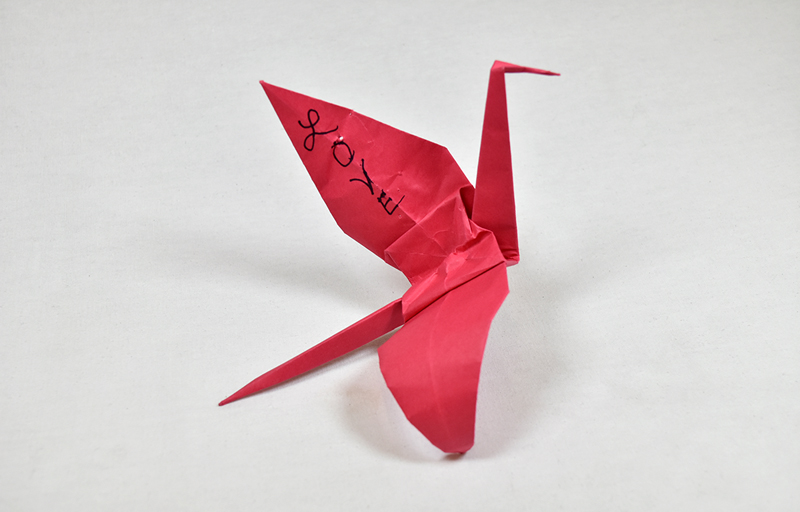
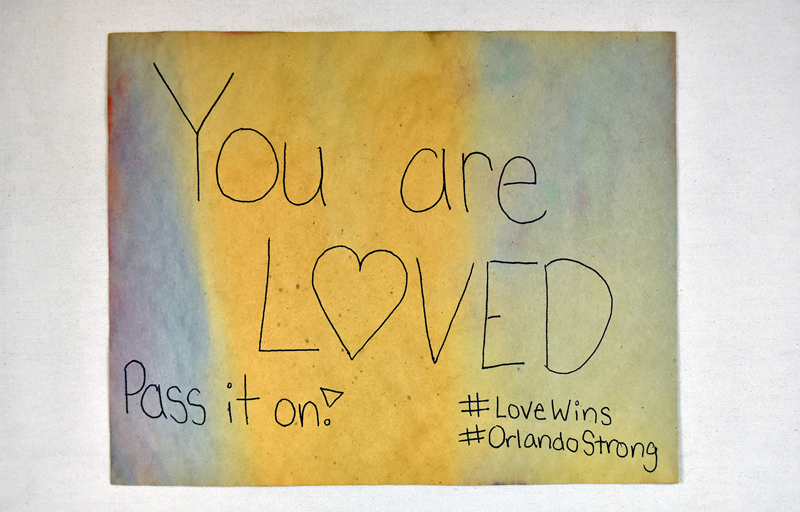
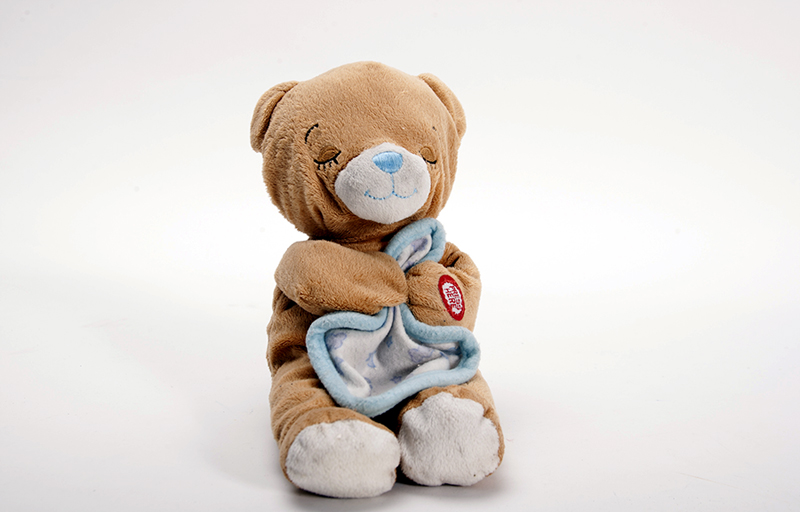
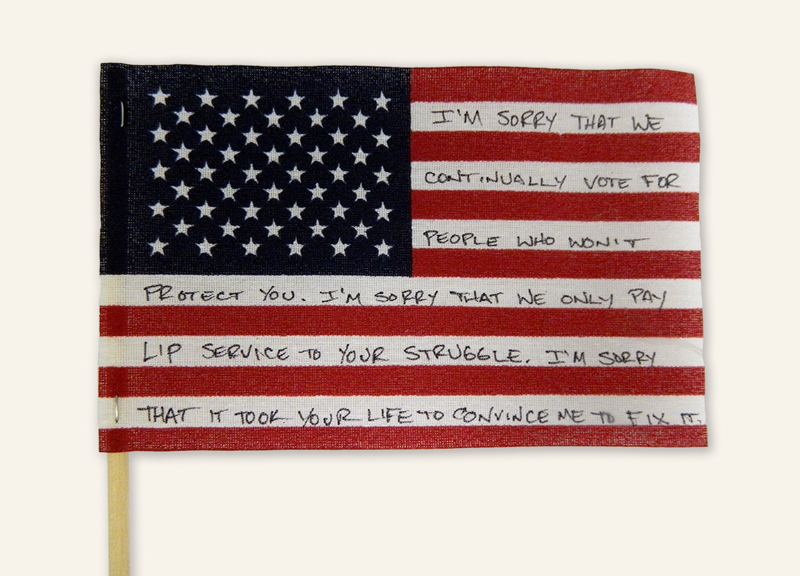
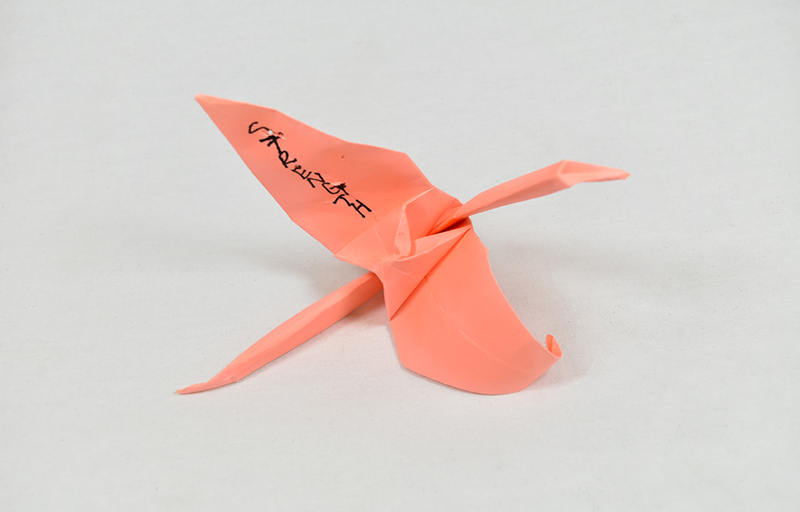
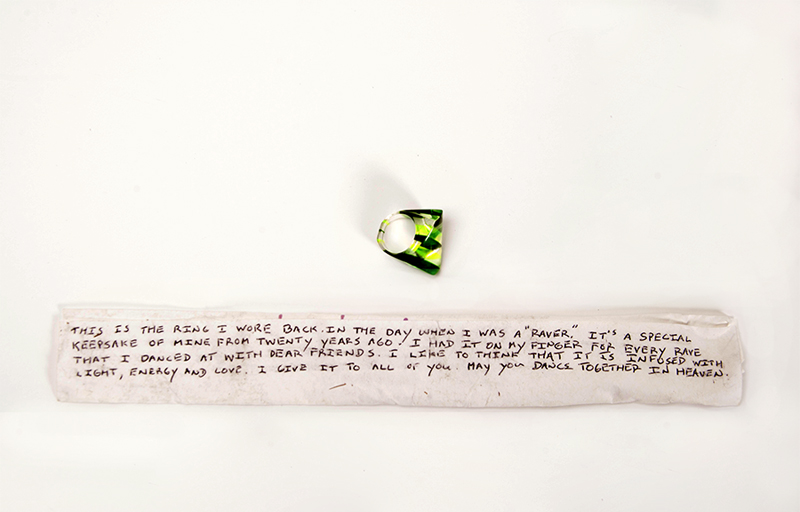
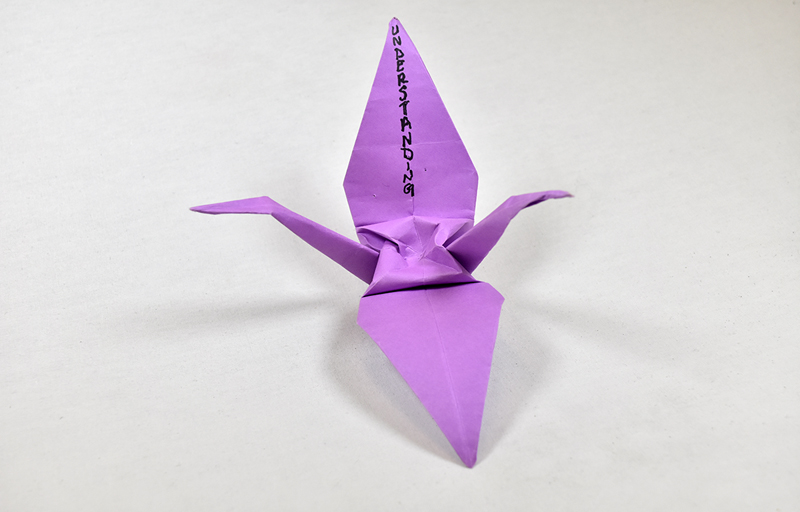
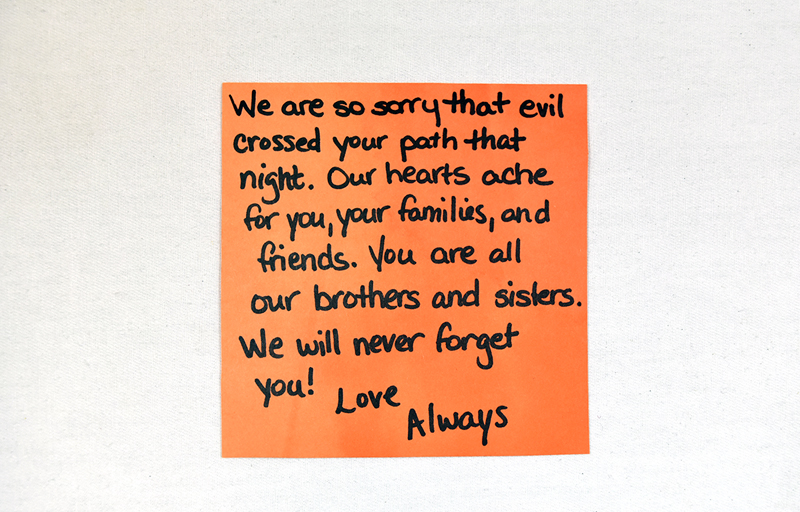
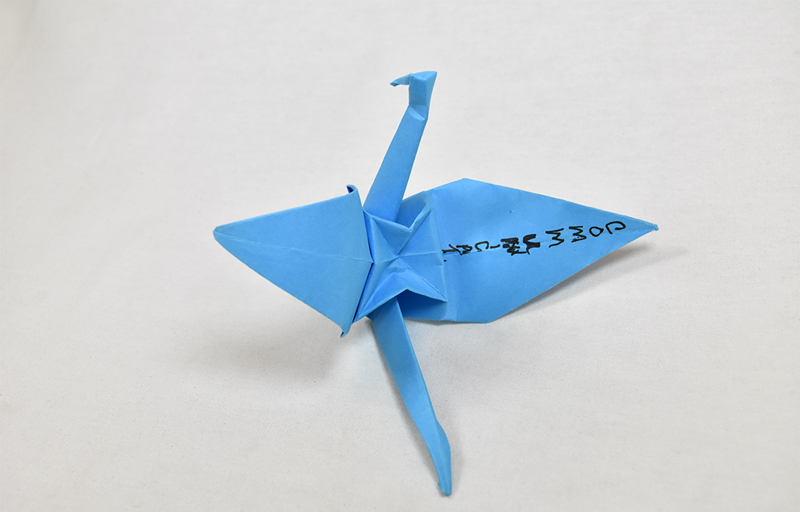
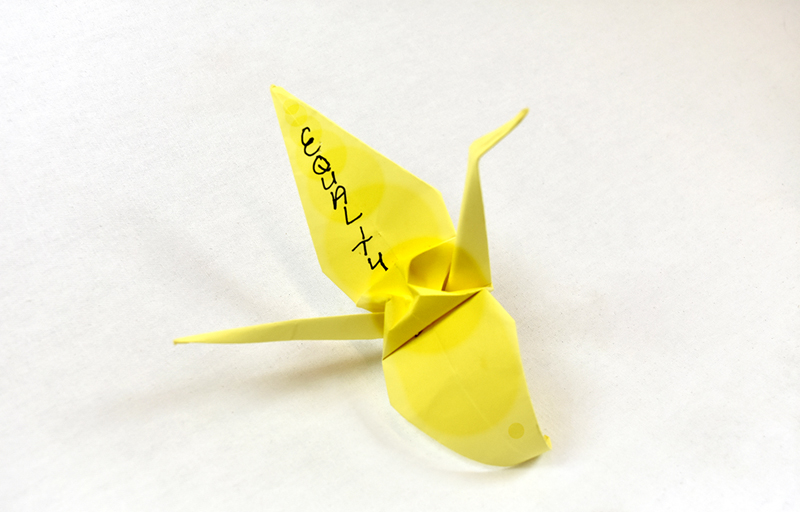
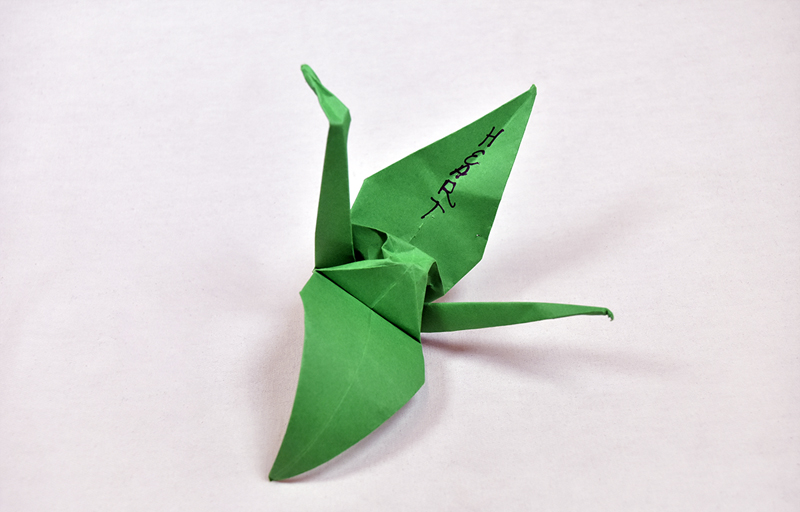
.

.
An Empty Exhibition Case
While they serve many purposes, memorial items are not left at sites of tragedy to be collected by museums, and not all of them can be preserved. If you visited one of the four temporary memorials that sprung up in our community following the Pulse Nightclub shooting, chances are you saw thousands of beautiful mementos, as well as those worn by time and the elements. Some were simply ephemeral in nature, while others were washed away in the summer rain or irreparably damaged by the intense heat of the Florida sun. This empty case represents all those thoughtful items, left by members of our community in their darkest moments of grief, that we were unable to collect. It represents the many stories that will likely go untold.
.
.
.
History of the Site
![]() .
.
local community, in one form or another,
since the 1960s.










Share Your Artifact’s Story
Everyone has a story to tell. What physical object would tell an interesting story about your life? If you would like to share, please submit it to us. We will feature a selection on our social media.
What is your object? Where did you get it? Similar to those in this exhibition, write a brief story of your item. Include any memories and why it is important to you. See examples of submissions below.
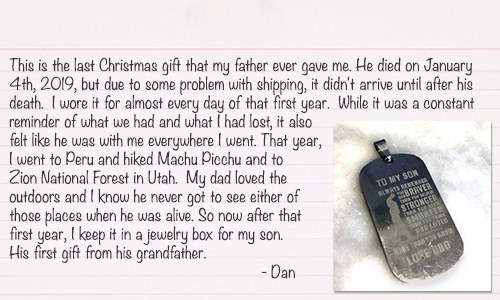
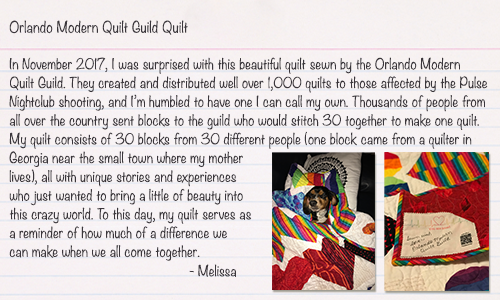
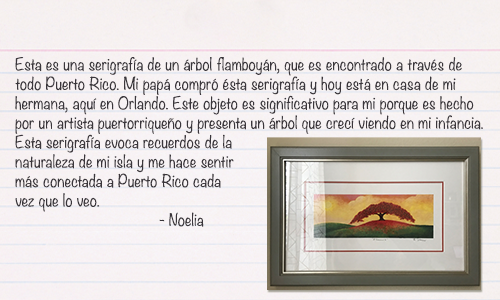

... dd
We Remember
Dedicated to the memory of the victims of the Pulse Nightclub shooting. May their lives and stories be remembered and their legacies continue to unfold. Explore items in memory of each of the 49.
.
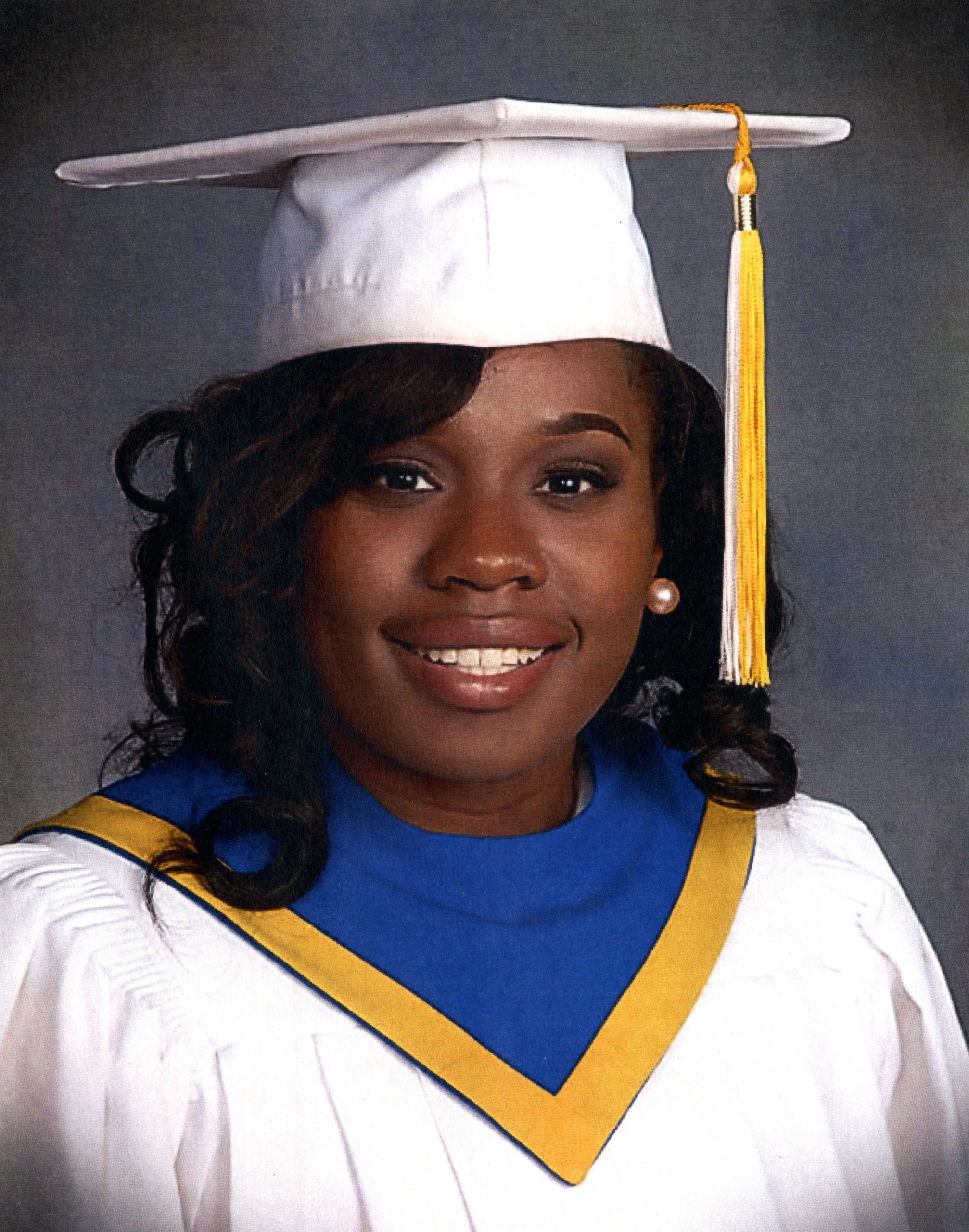
Akyra Monet Murray
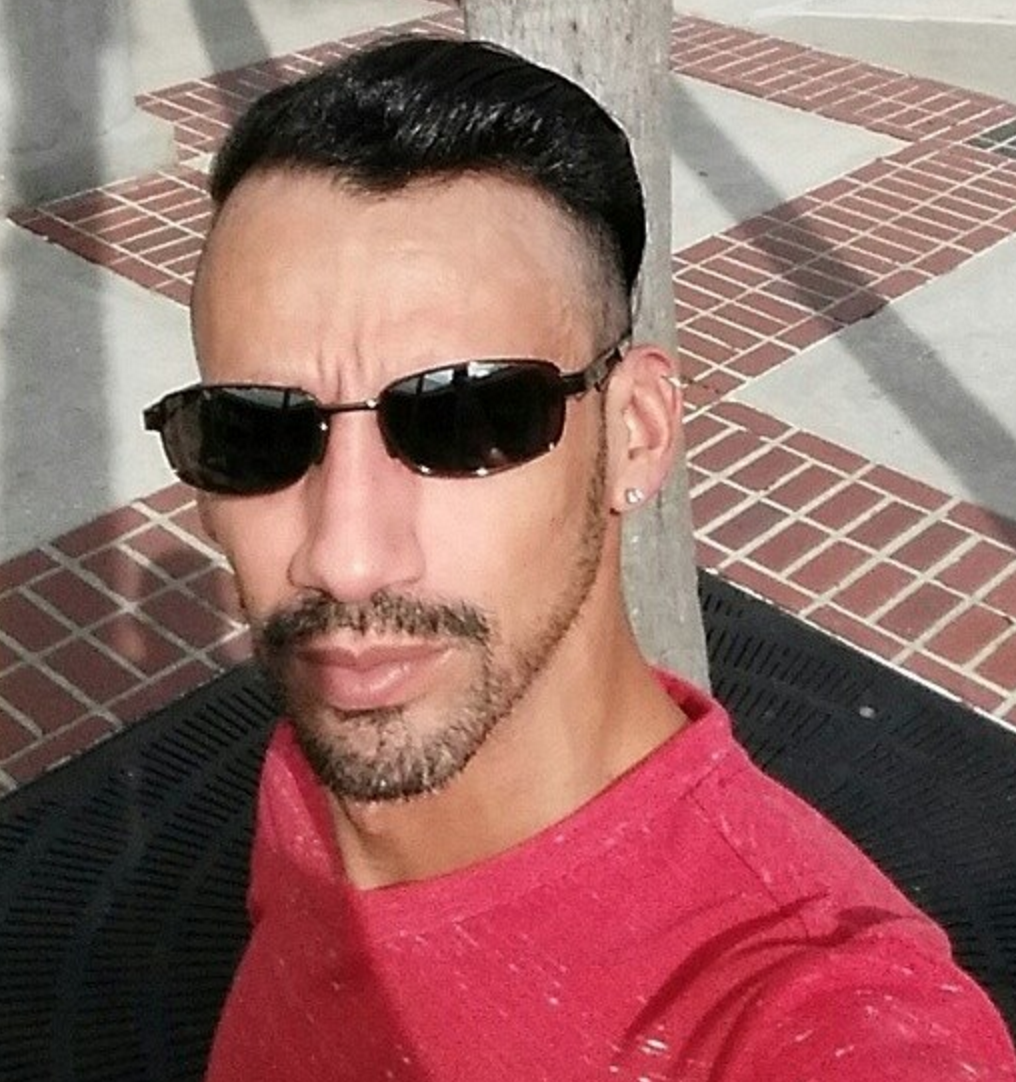
Eric Ivan Ortiz-Rivera
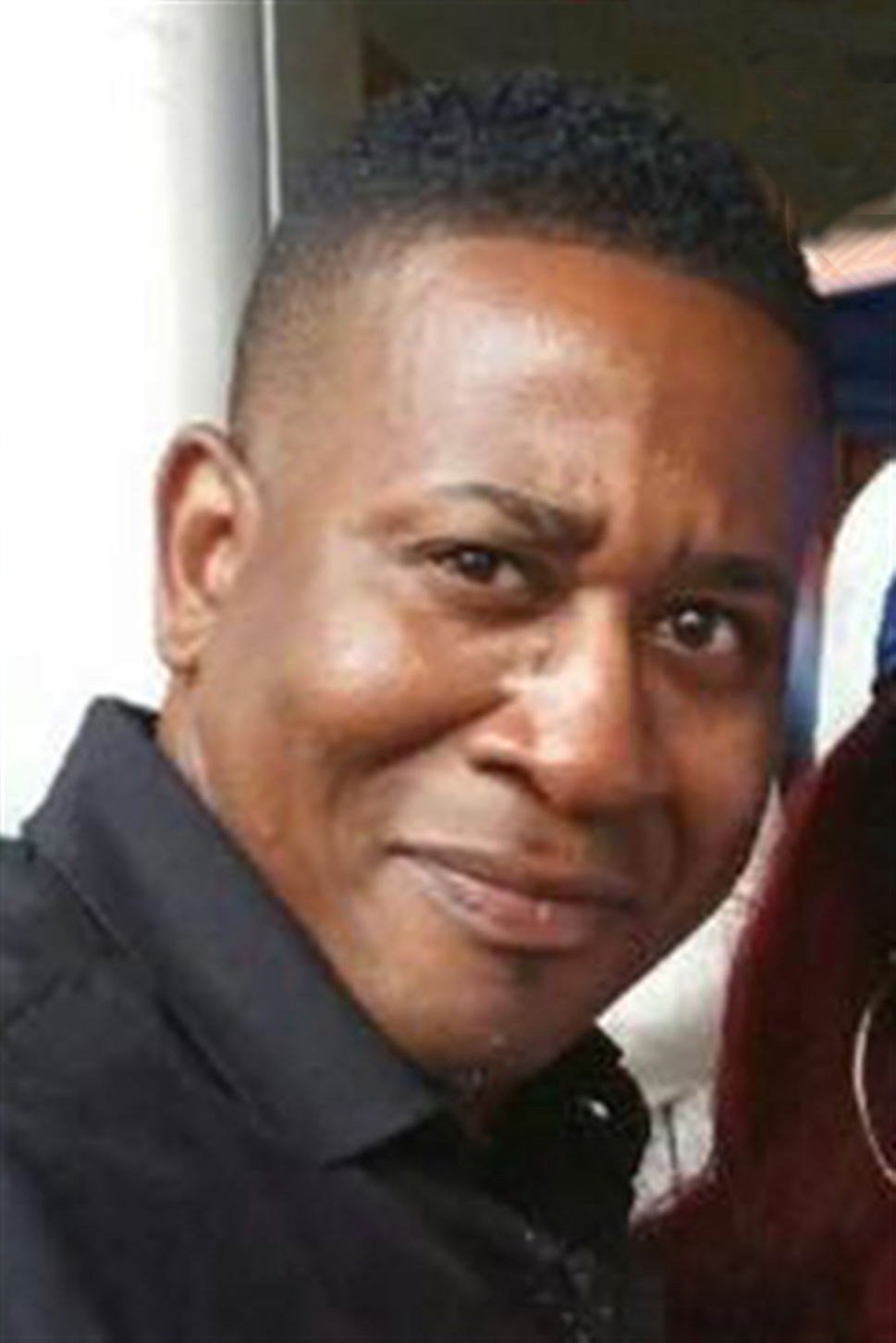
Paul Terrell Henry
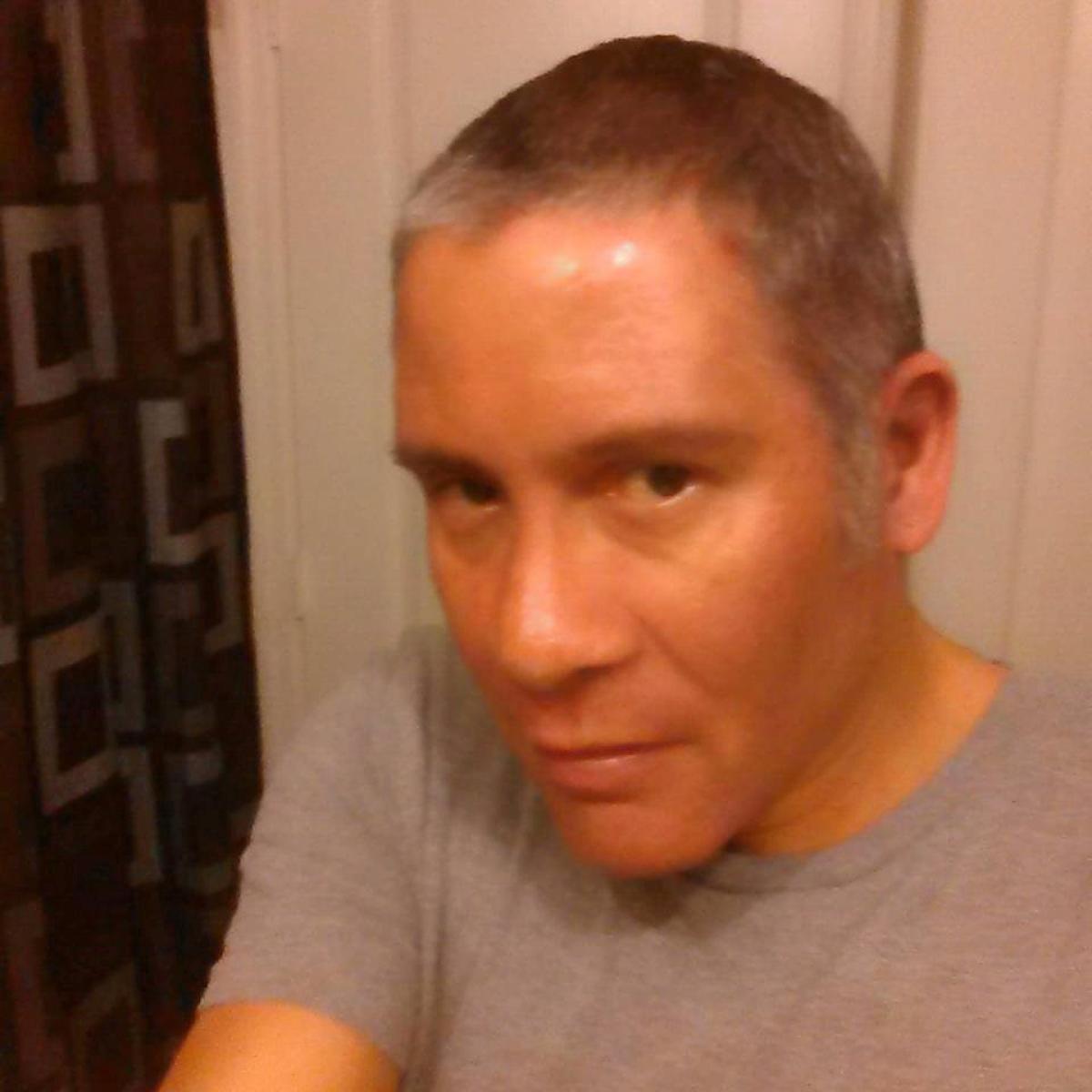
Franky Jimmy DeJesus Velázquez
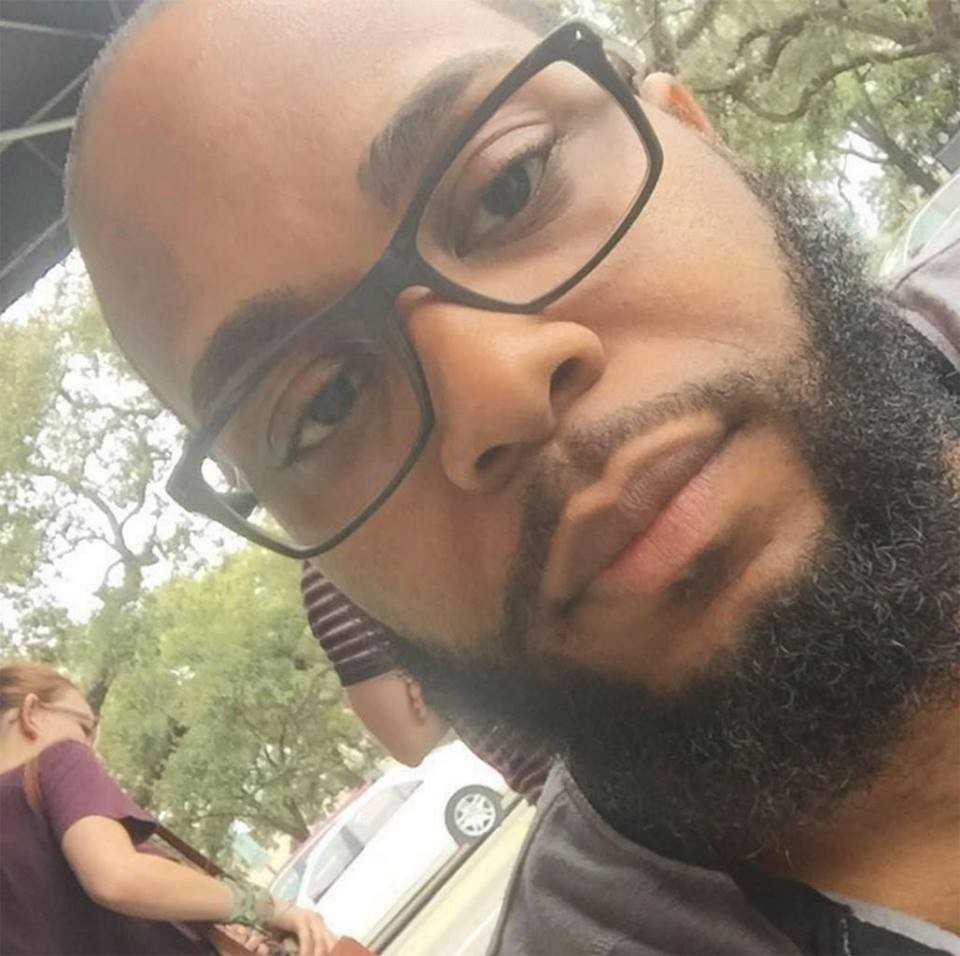
Darryl Roman Burt II
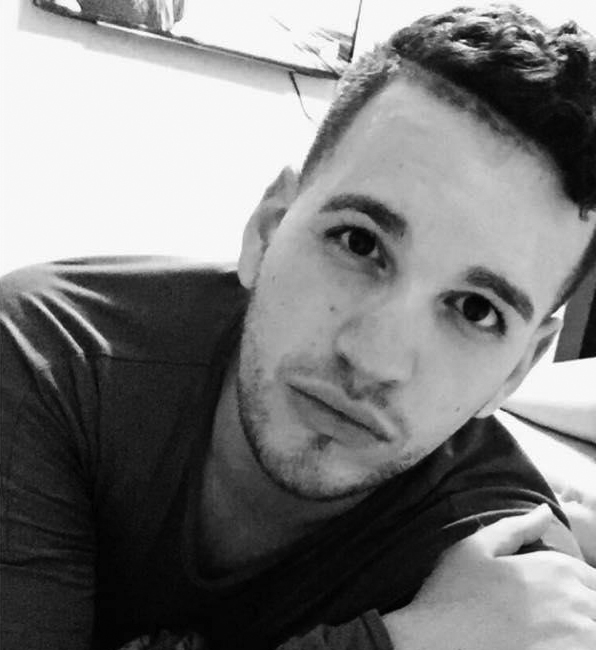
Christopher Joseph Sanfeliz
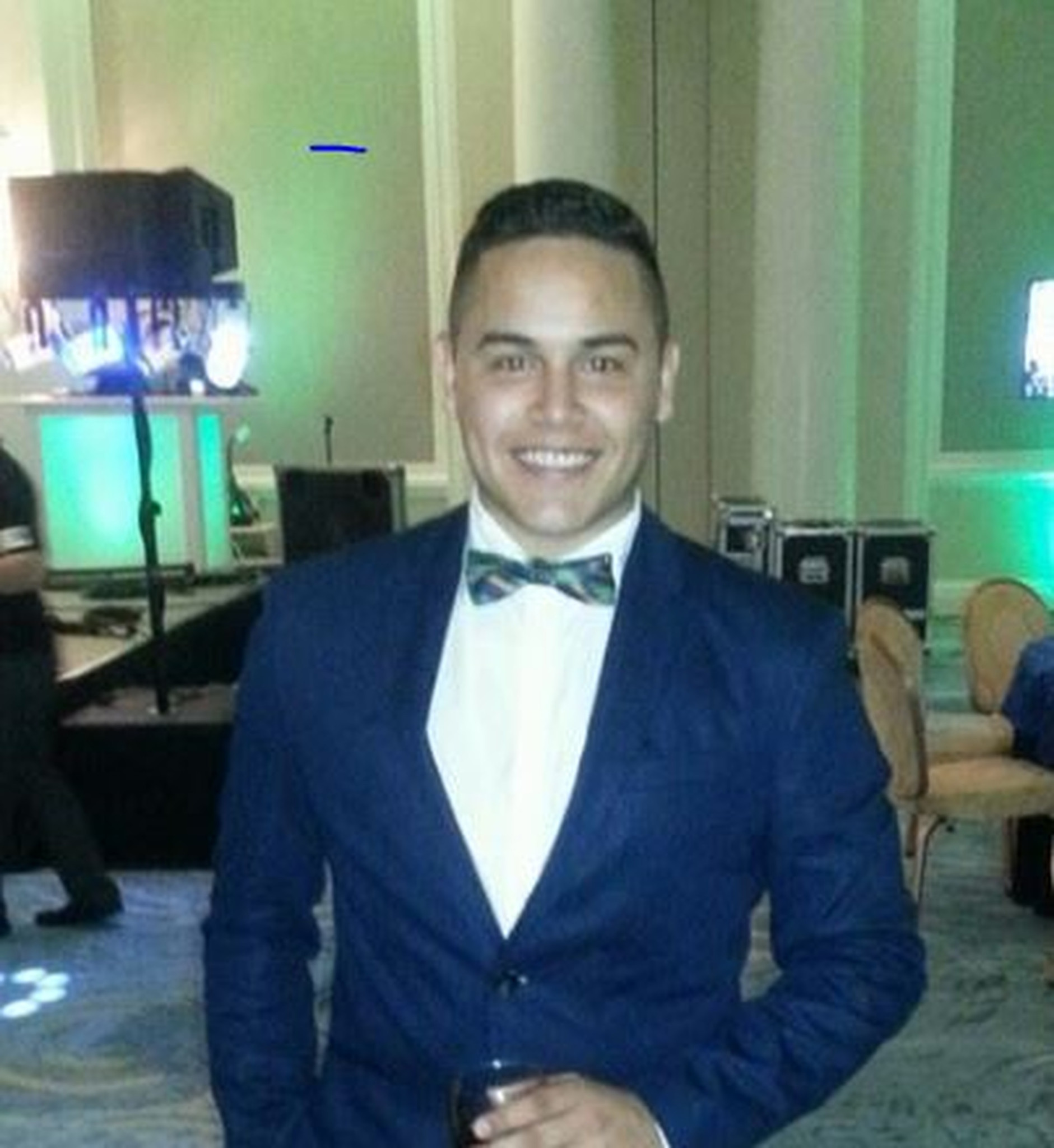
Jonathan A. Camuy Vega
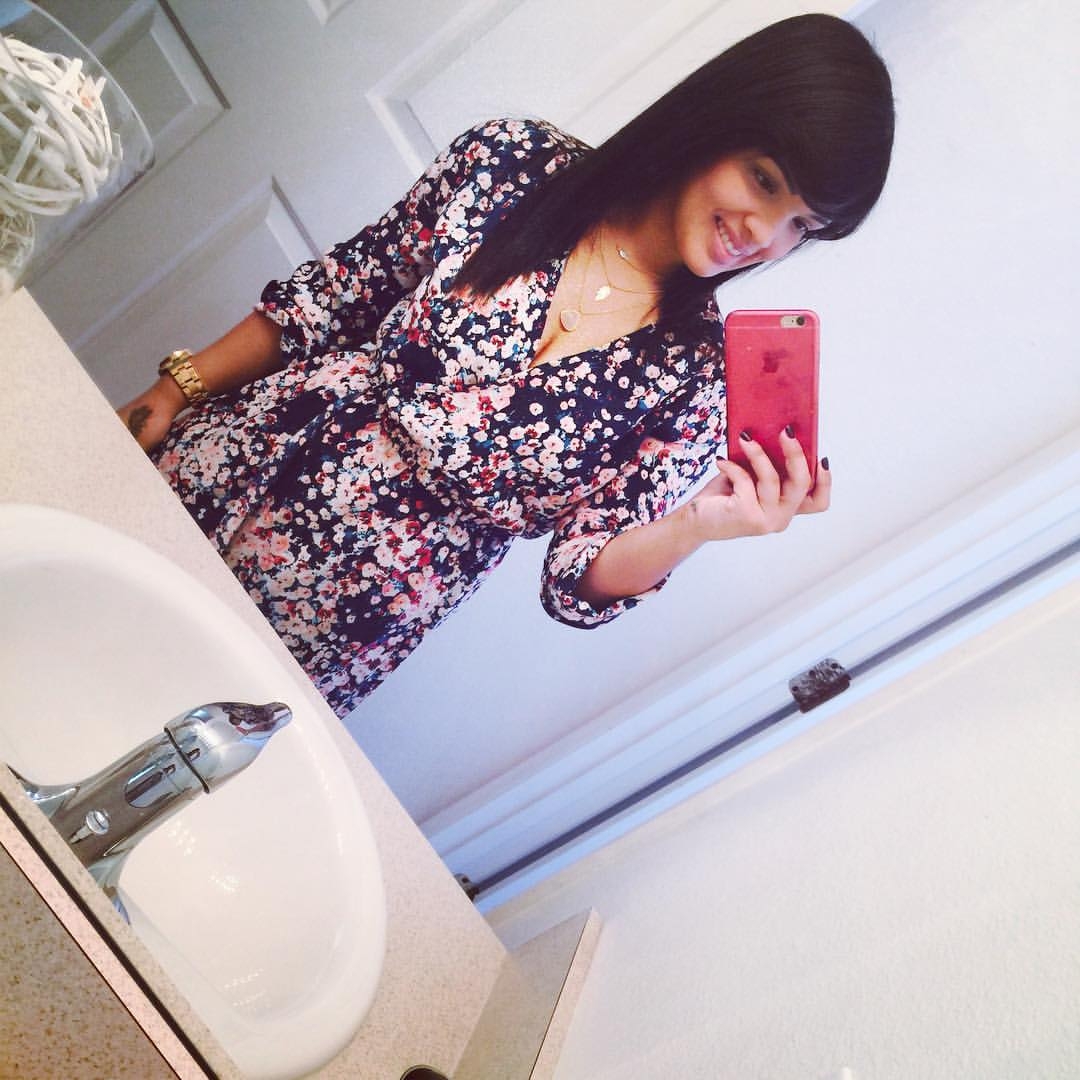
Yilmary Rodríguez Solivan
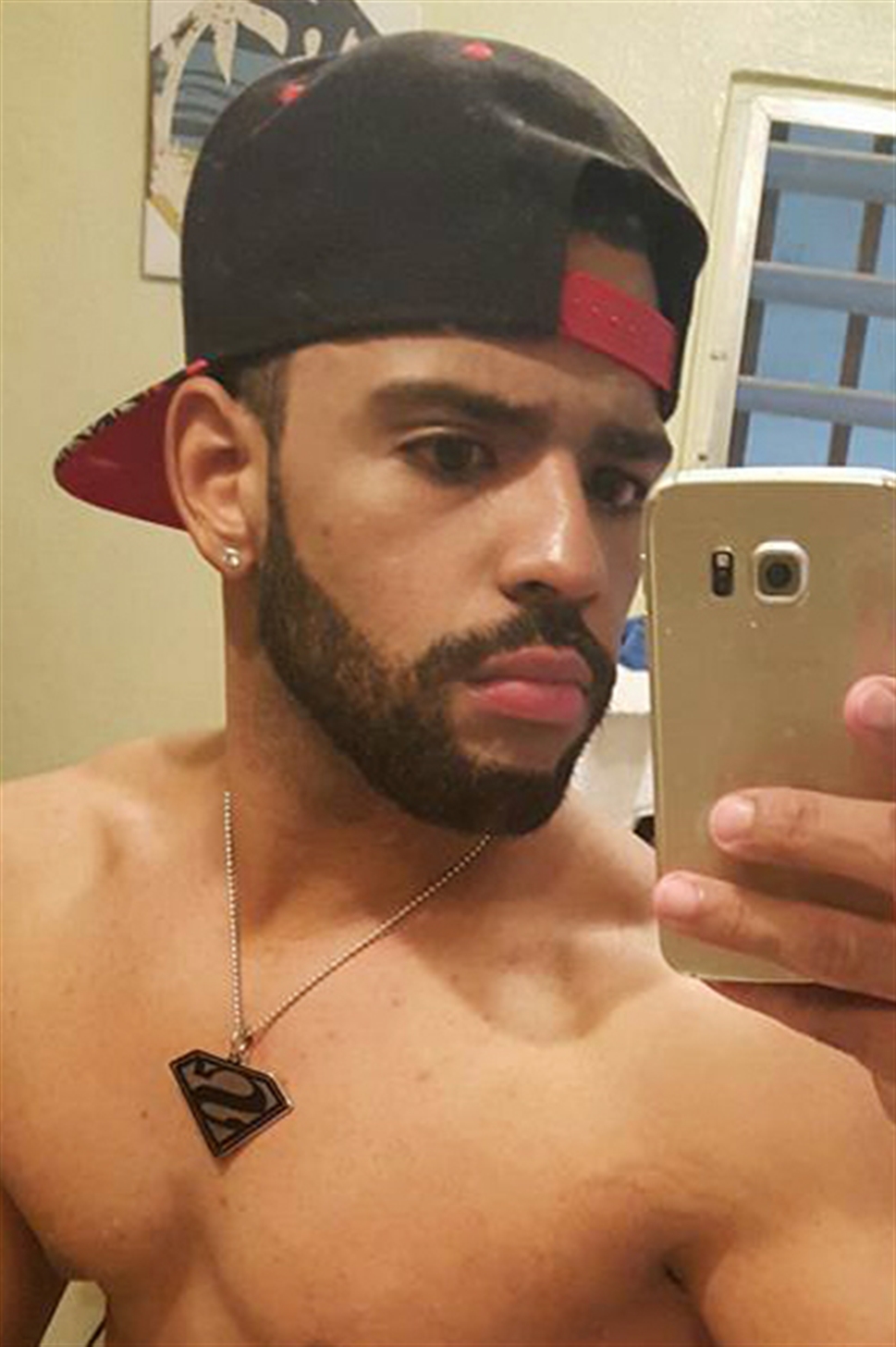
Gerardo A. Ortiz Jimenez

Jason Benjamin Josaphat
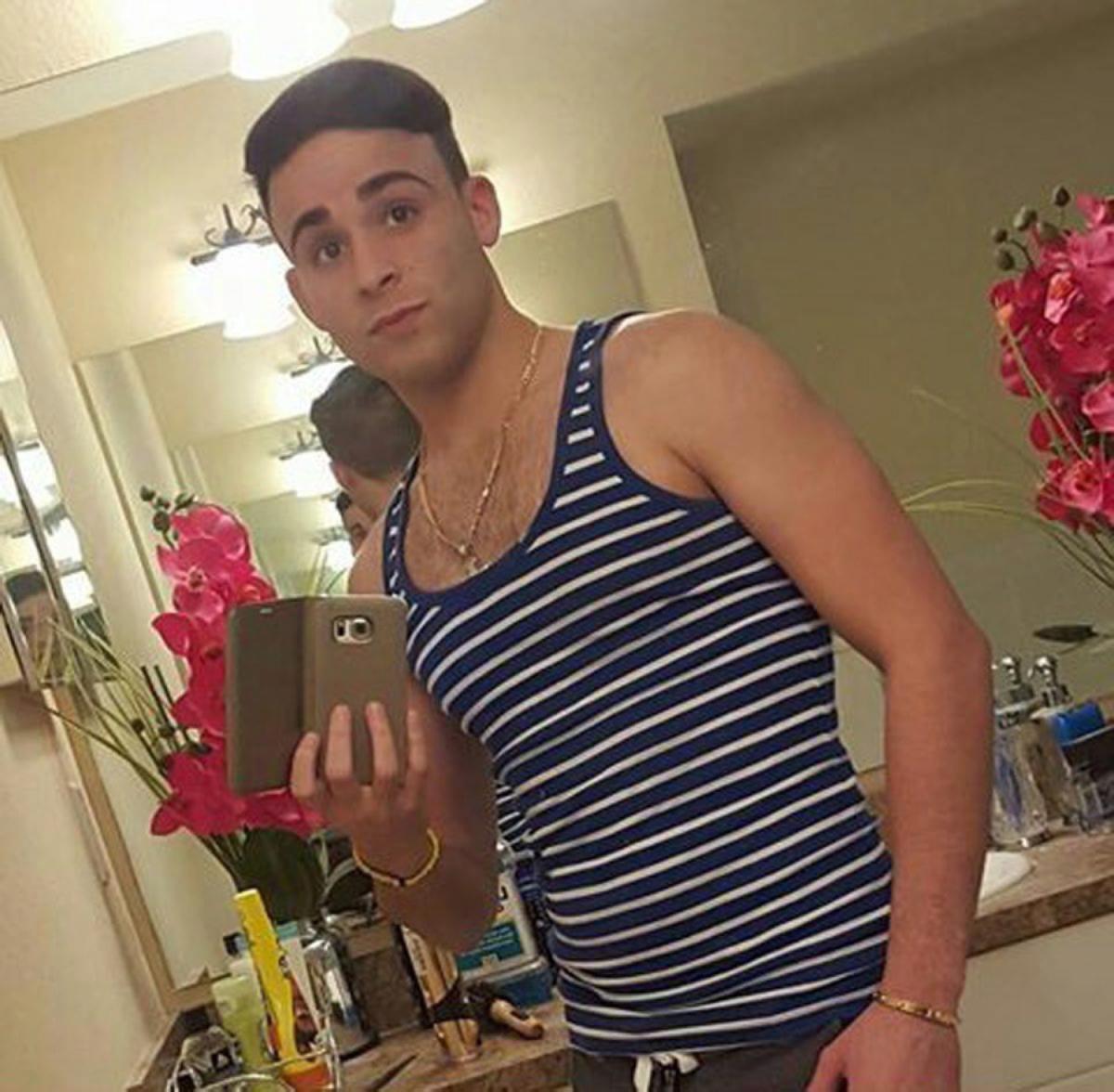
Alejandro Barrios Martinez
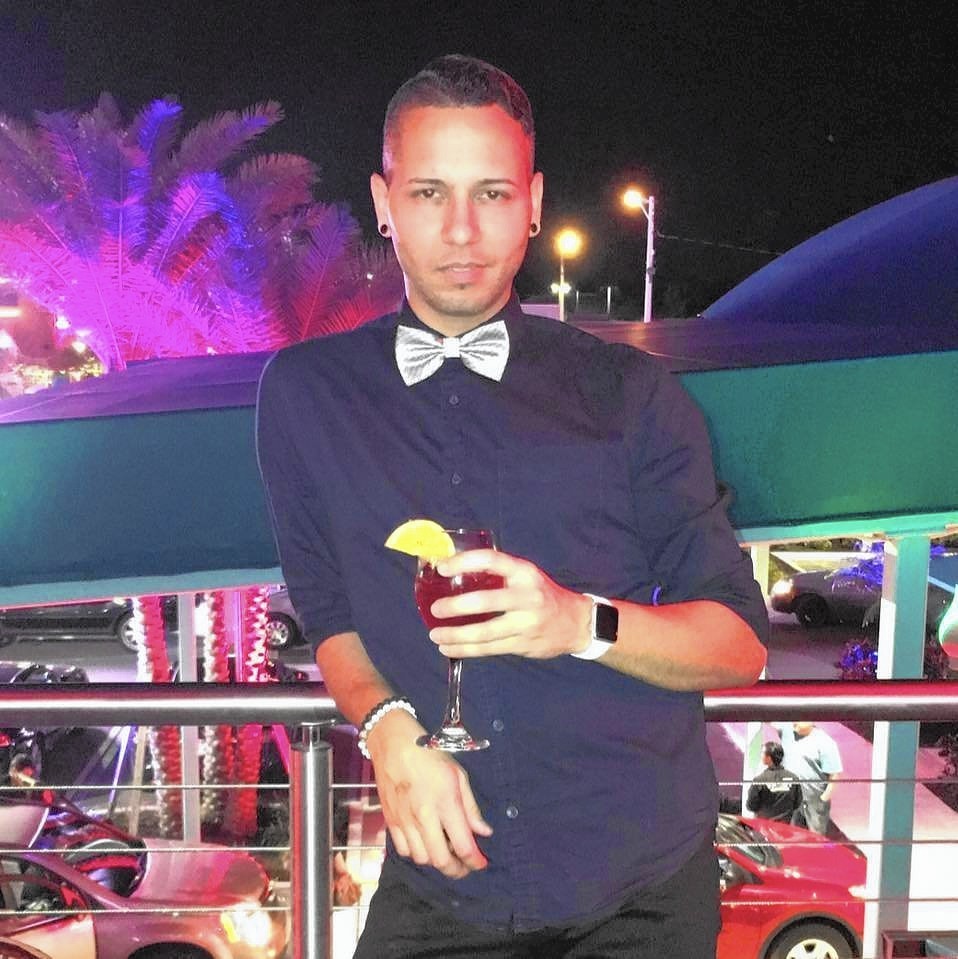
Rodolfo Ayala Ayala
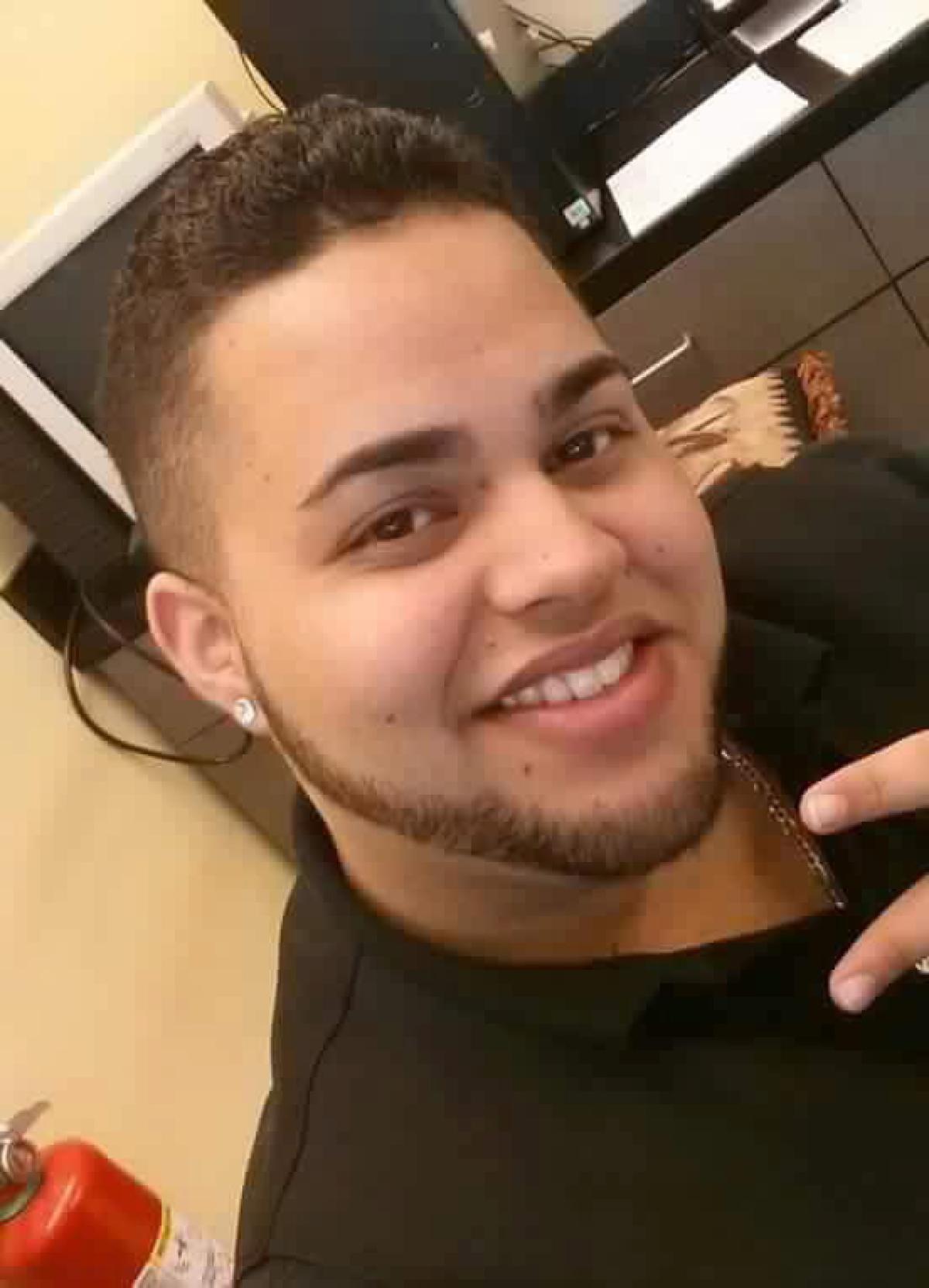
Jean Carlos Nieves Rodríguez
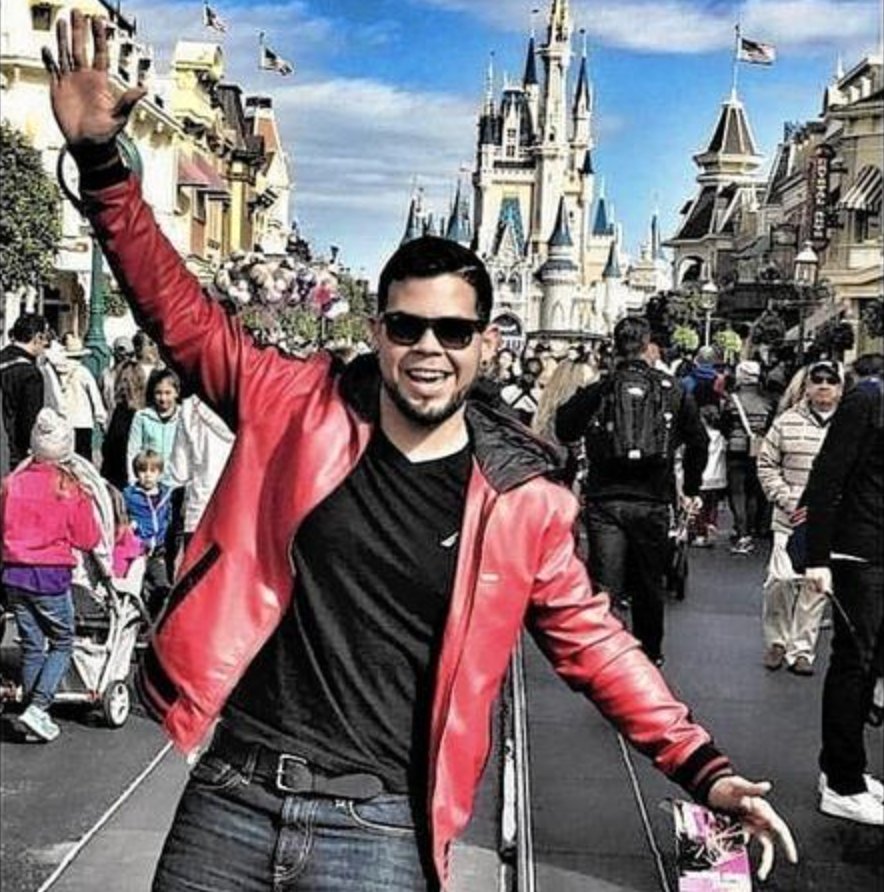
Angel Candelario-Padro
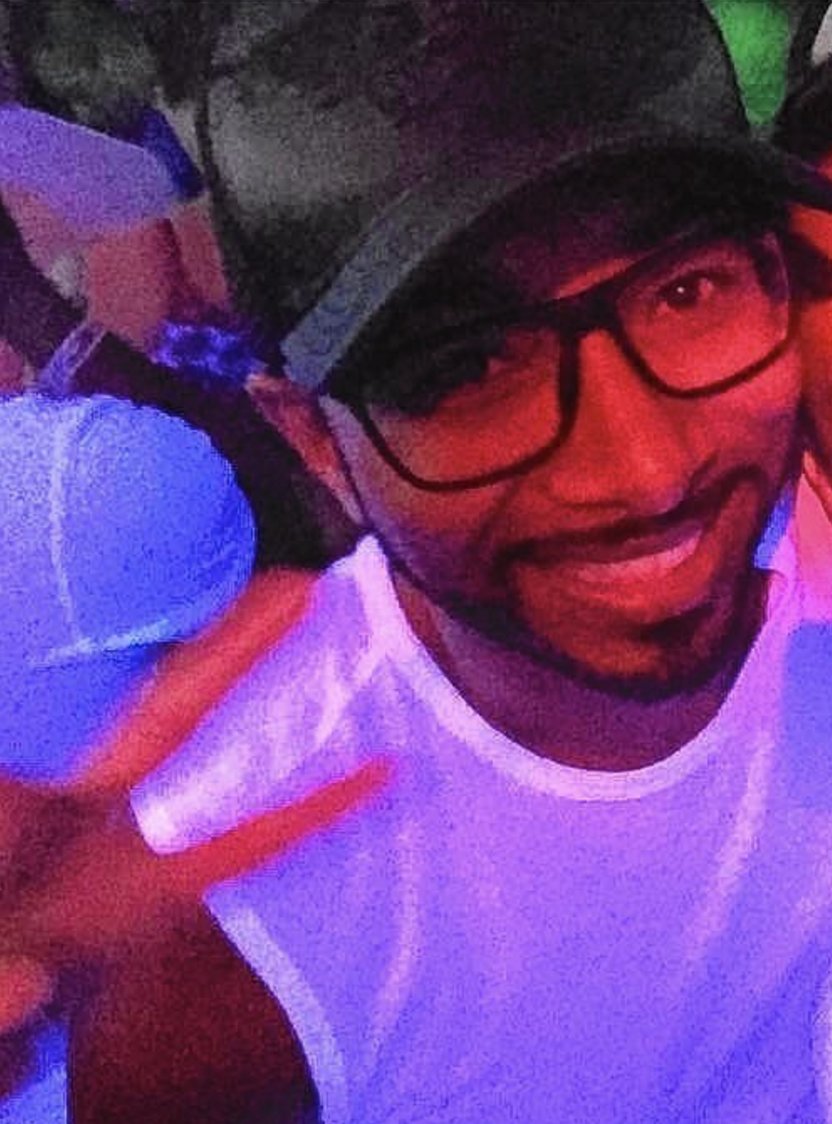
Javier Jorge Reyes
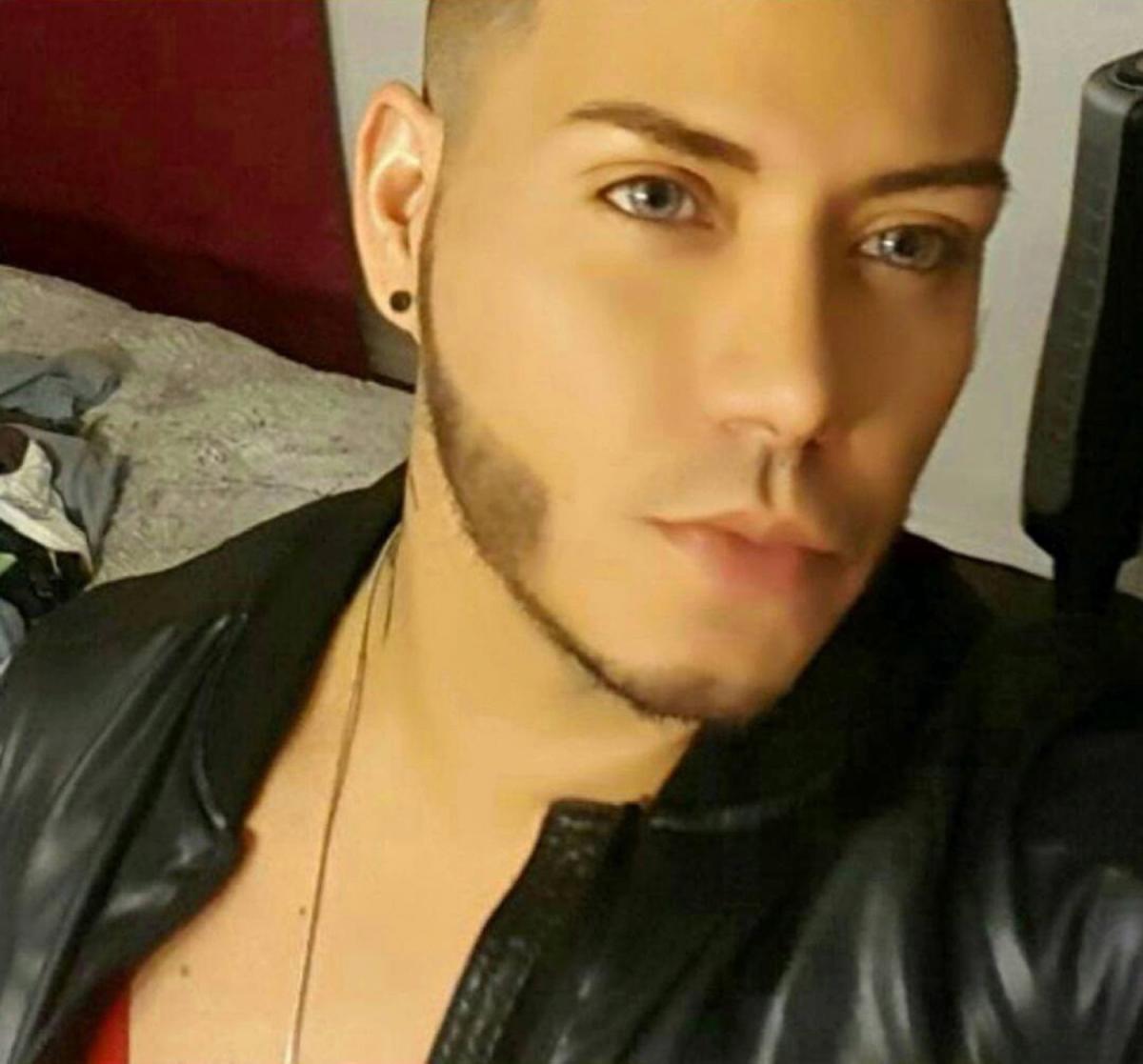
Juan Pablo Rivera Velázquez
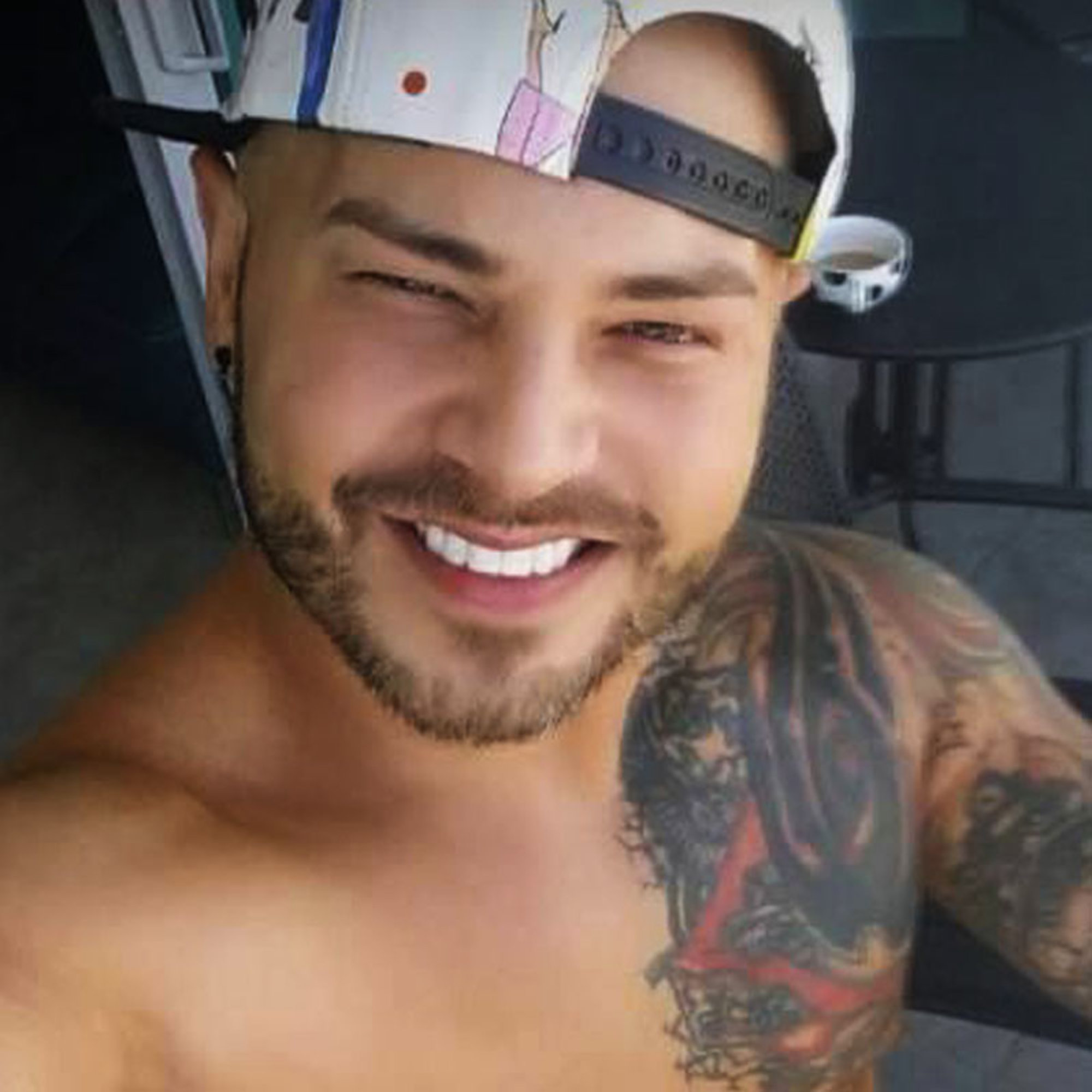
Luis D. Conde

Luis Daniel Wilson-Leon
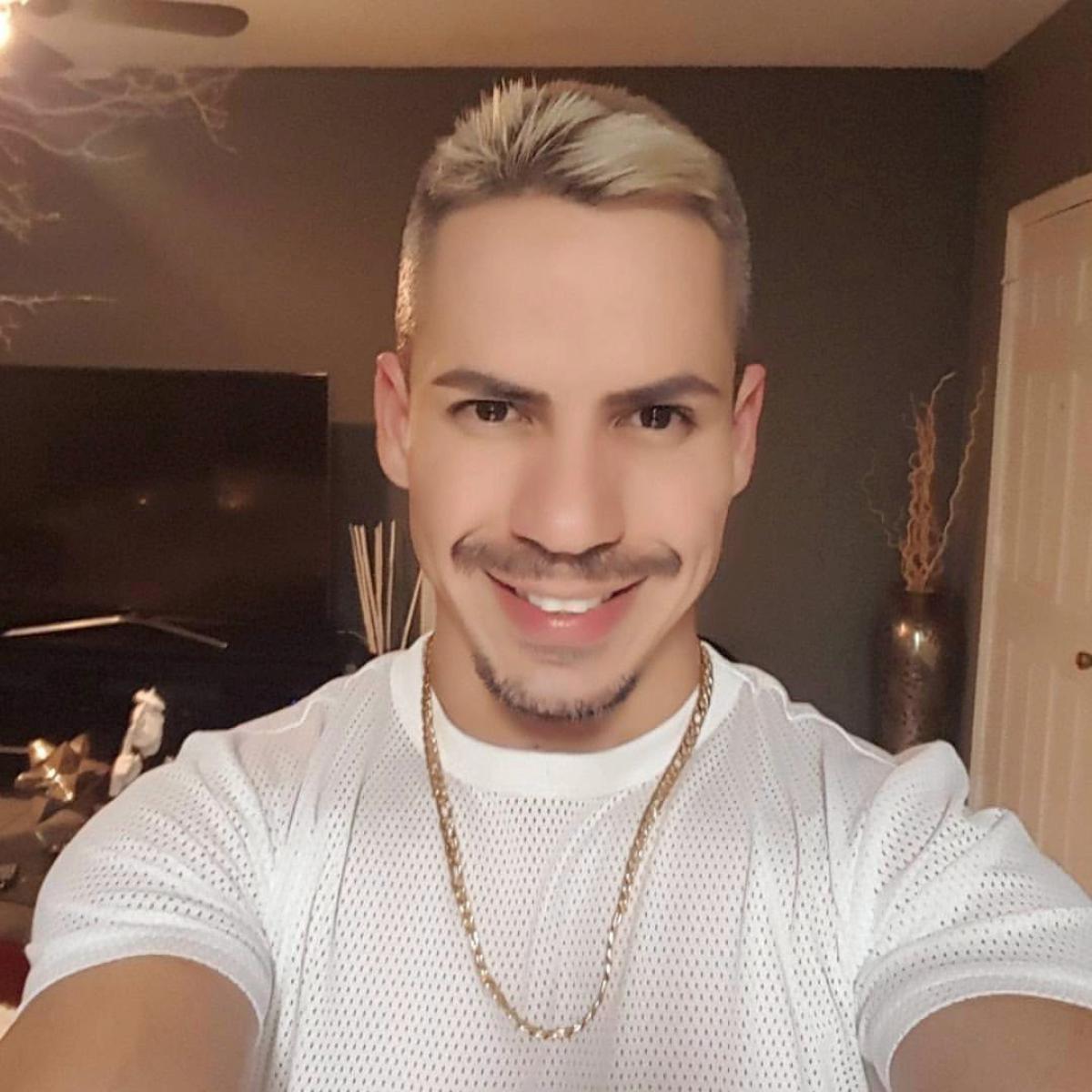
Jean C. Mendez Perez
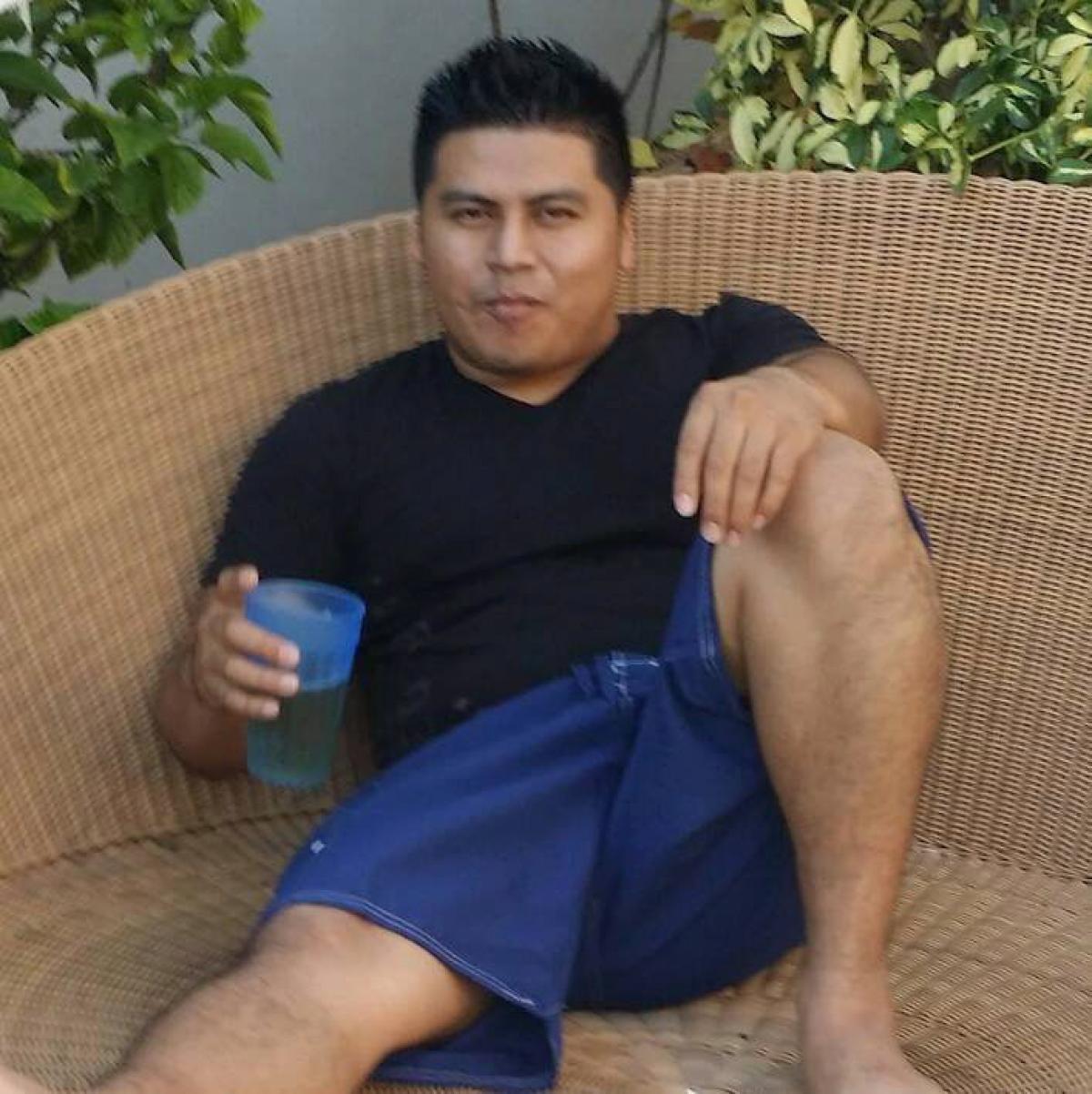
Miguel Angel Honorato
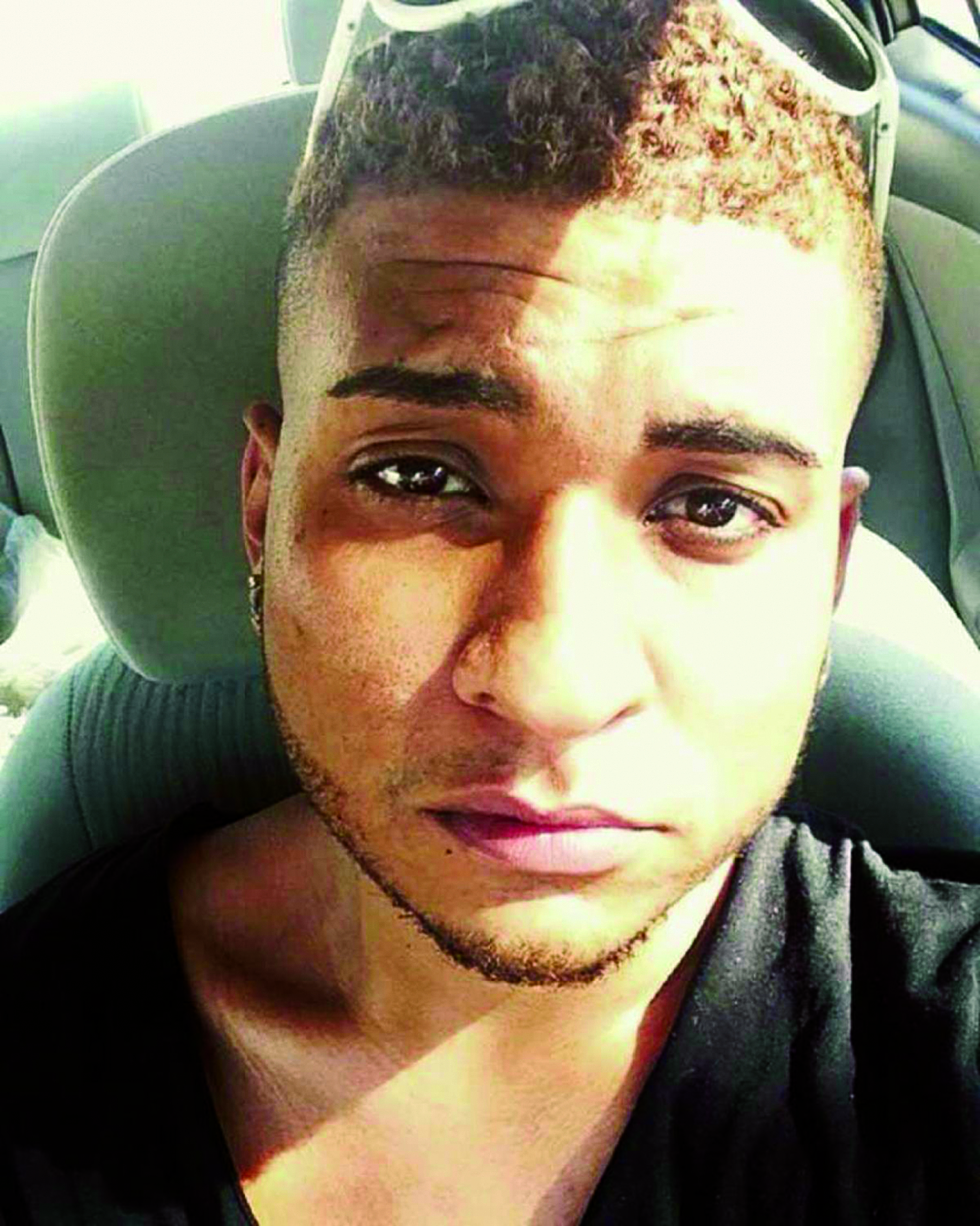
Stanley Almodovar III
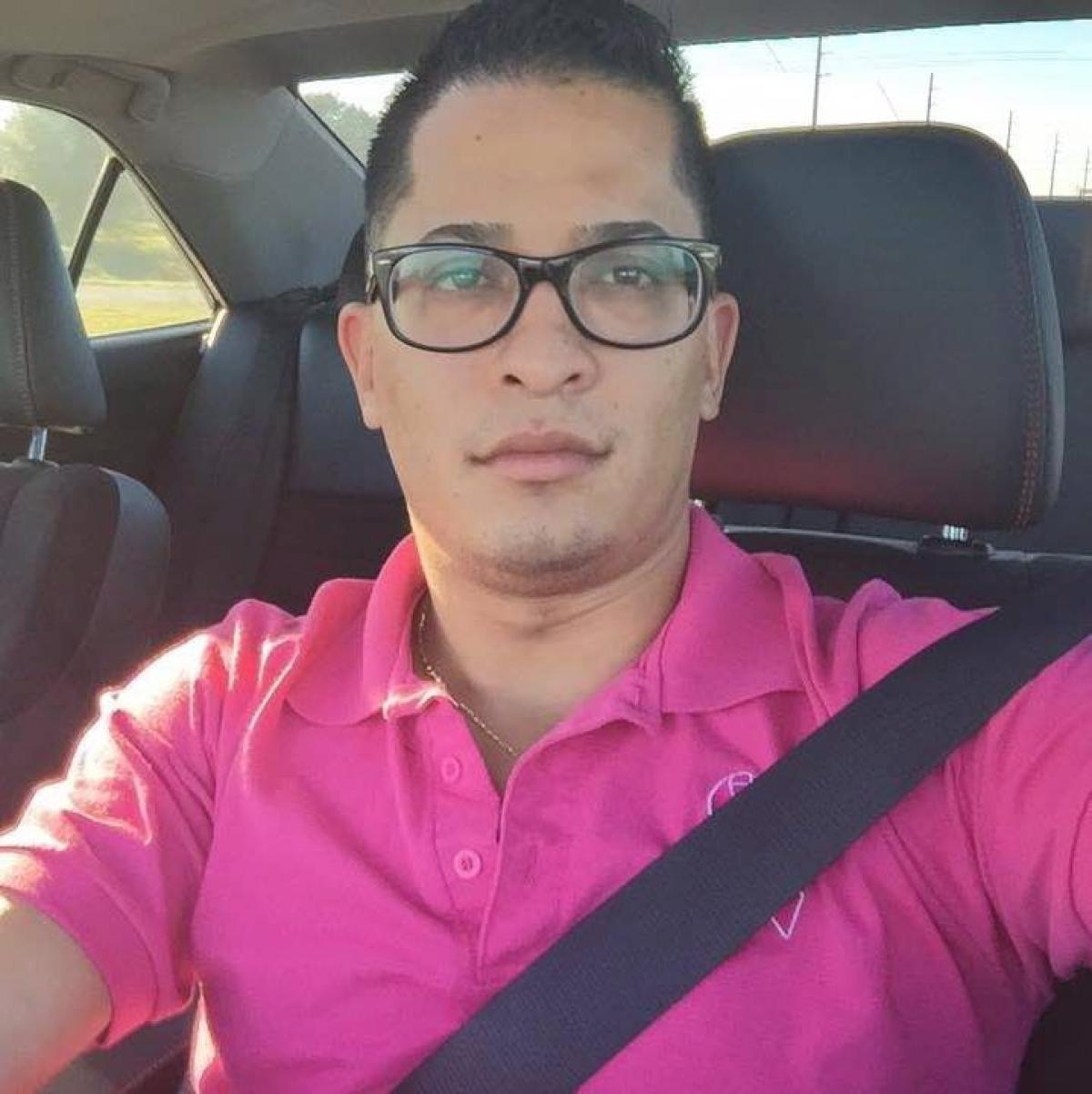
Simón Adrian Carrillo Fernández
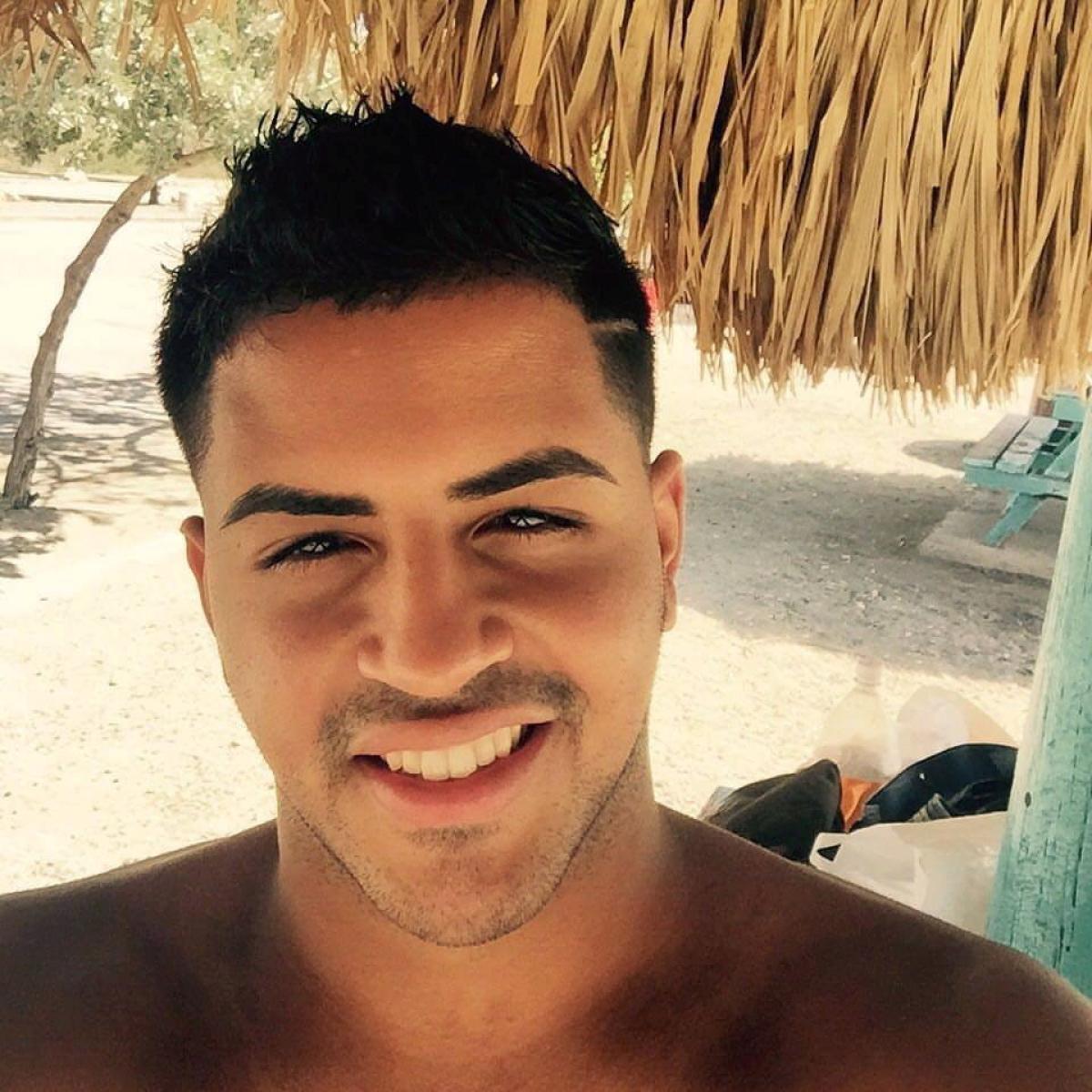
Oscar A. Aracena Montero
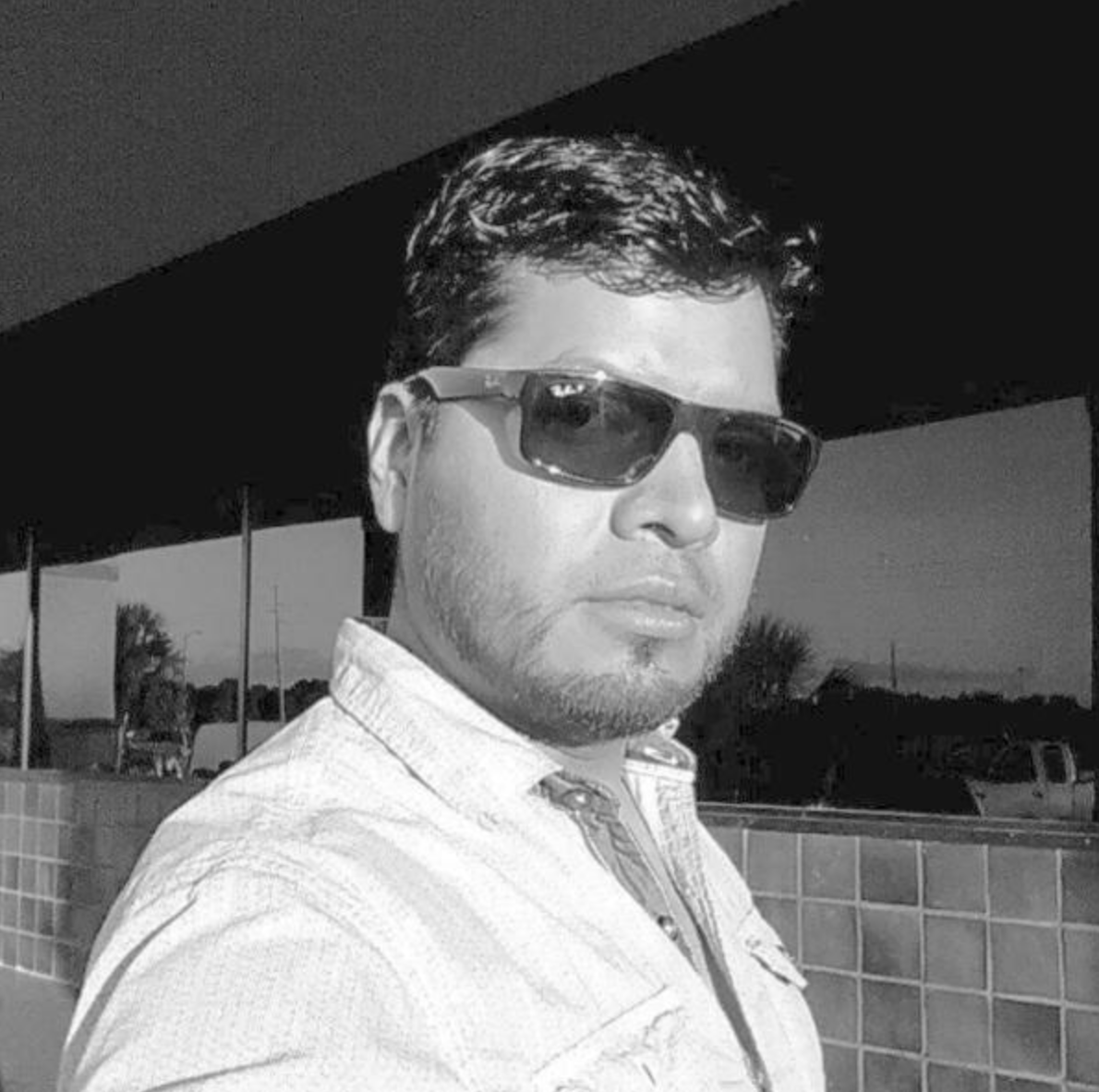
Joel Rayon Paniagua
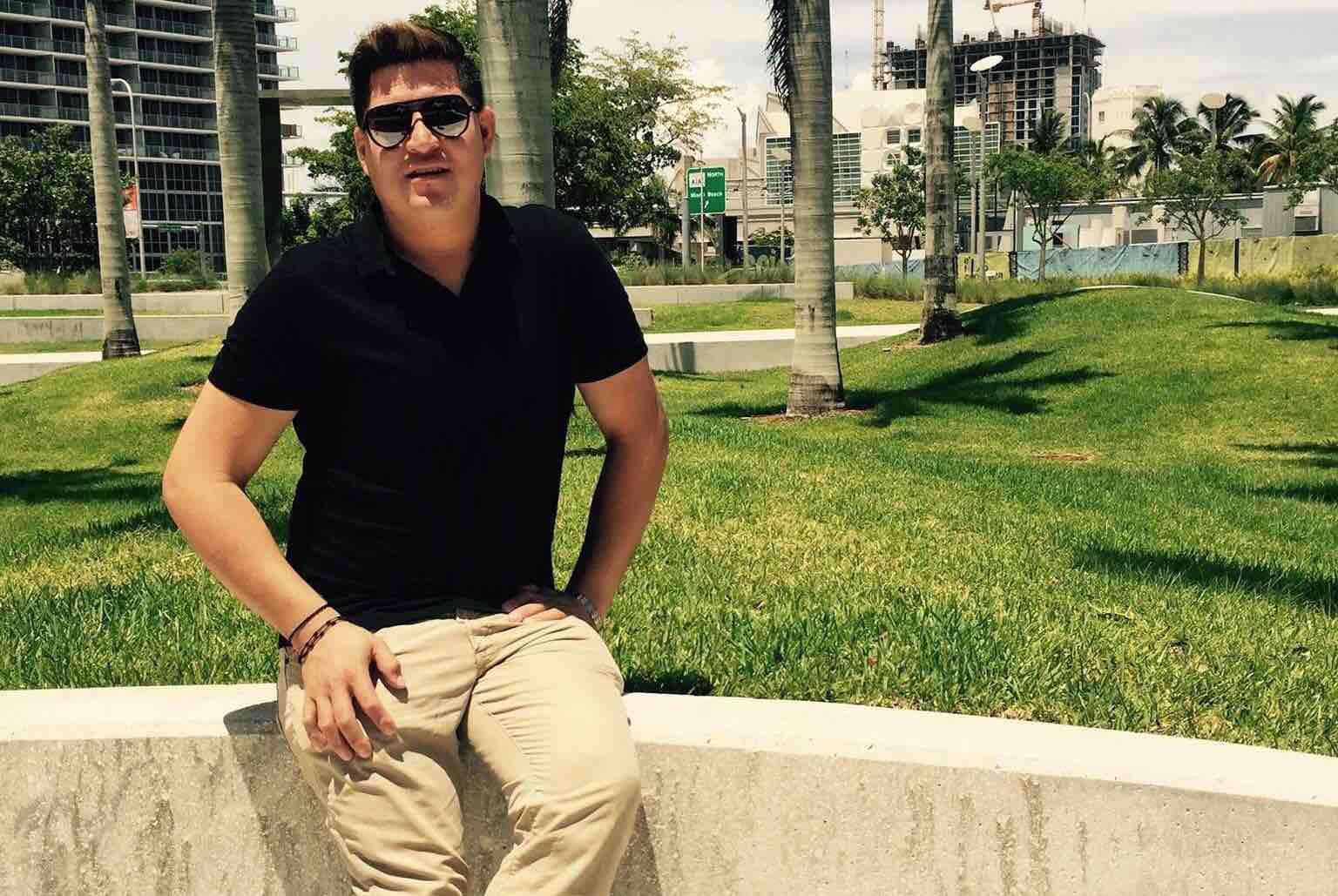
Juan Chavez Martinez
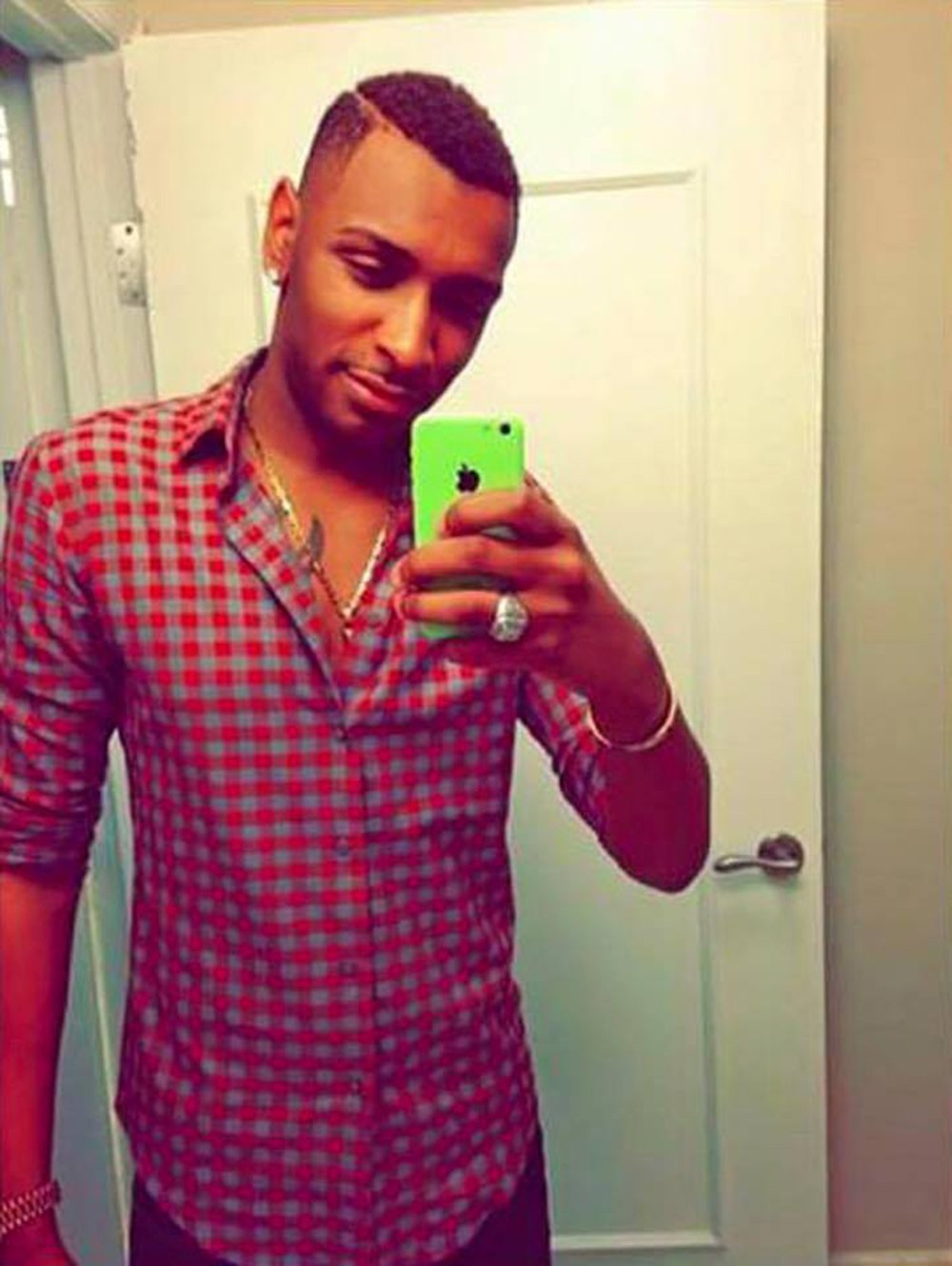
Eddie Jamal Droy Justice
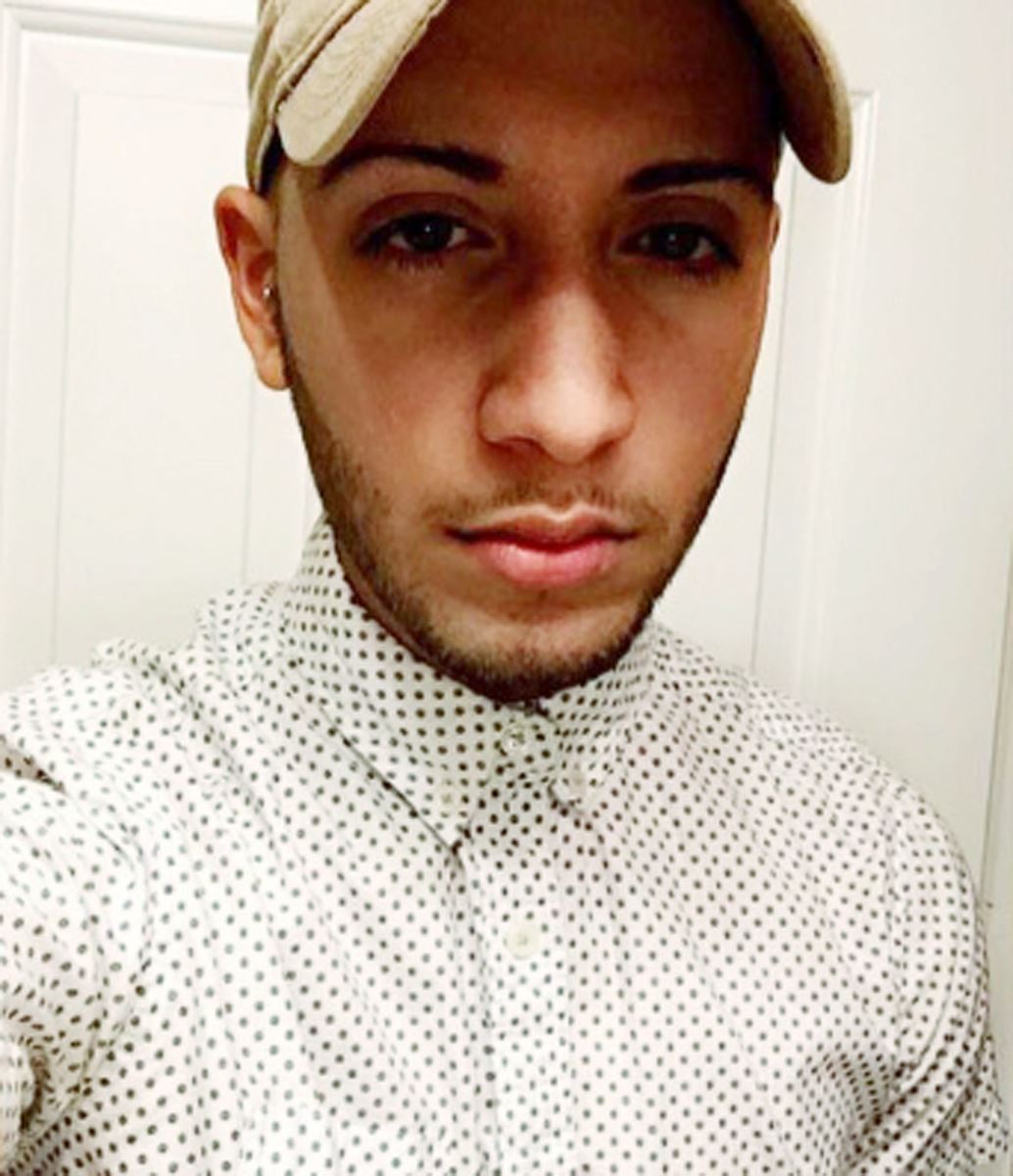
Luis Omar Ocasio Capo
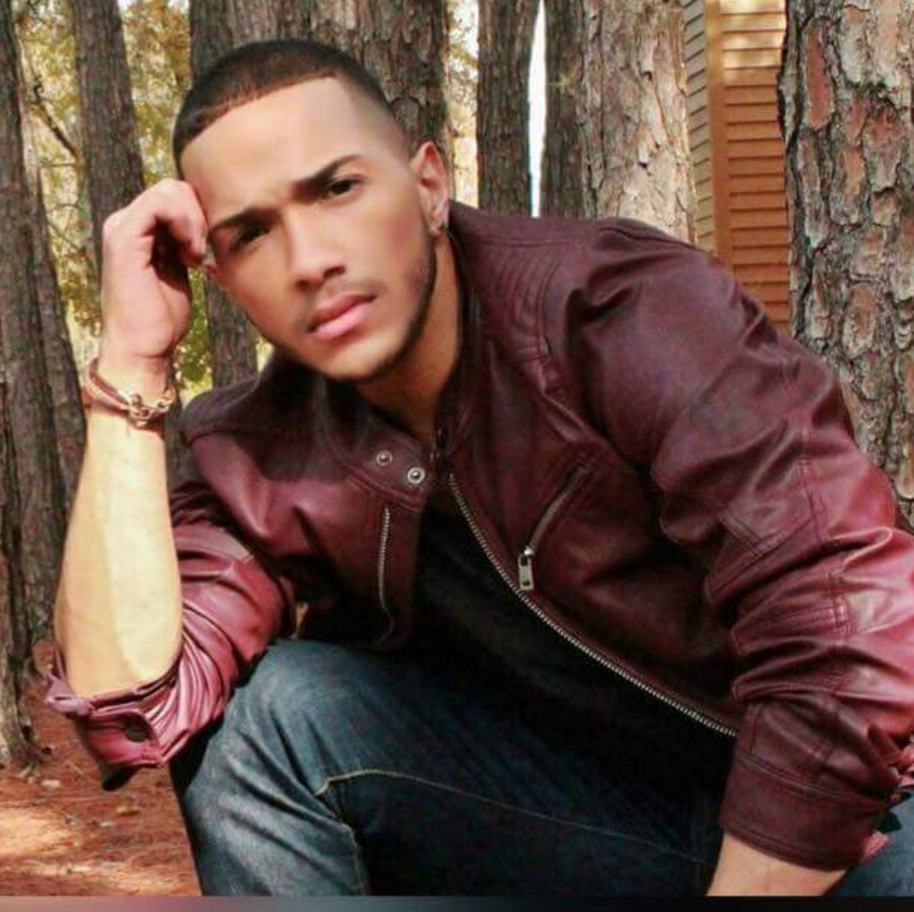
Anthony Luis Laureano Disla
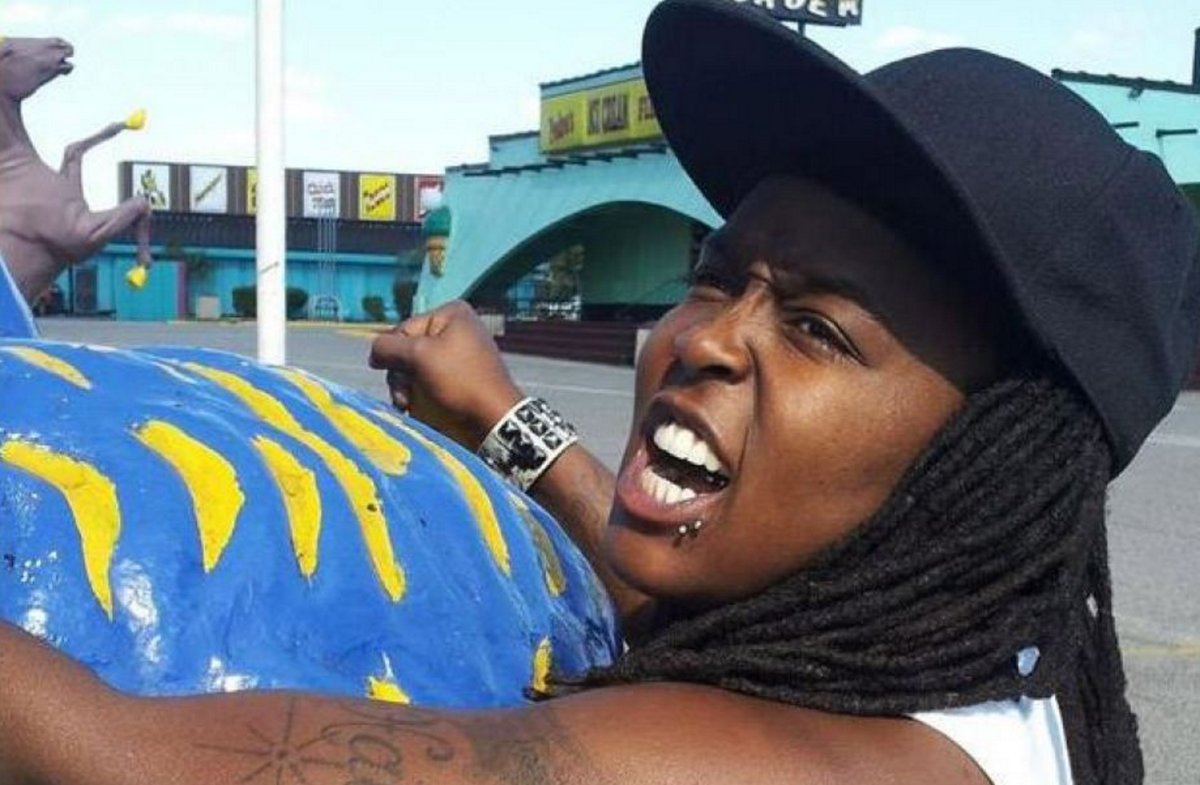
Deonka Deidra Drayton
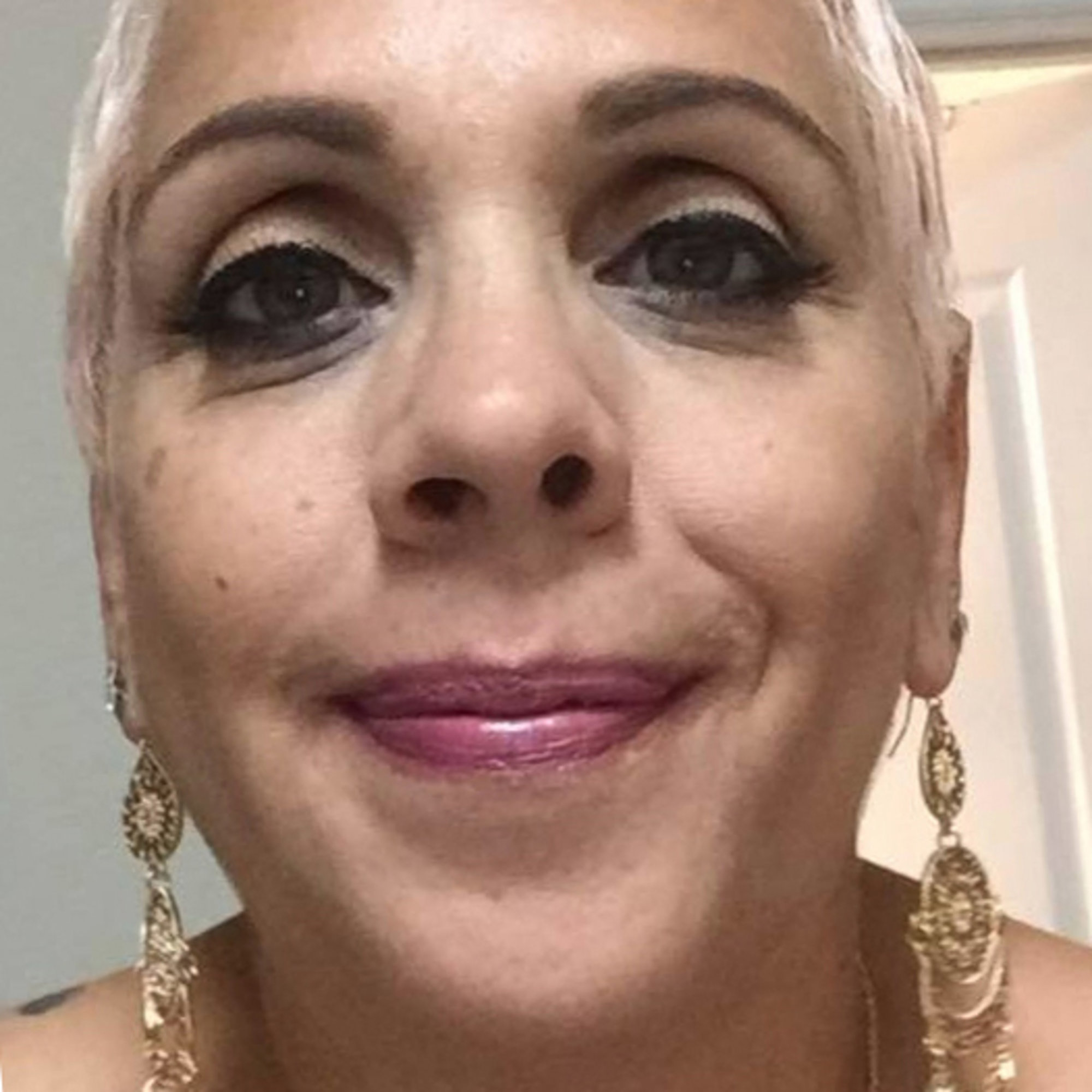
Brenda Marquez McCool
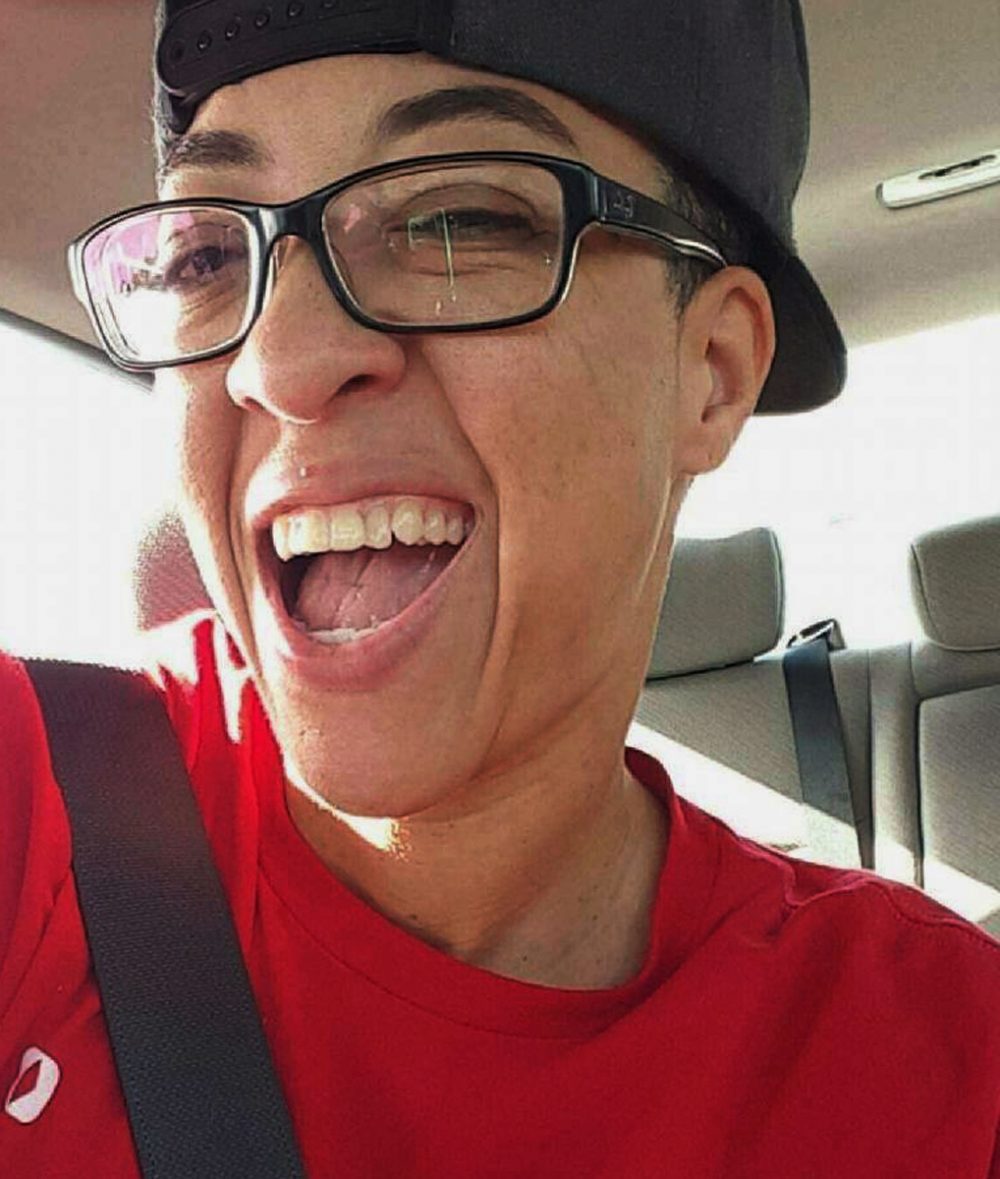
Kimberly Jean Morris
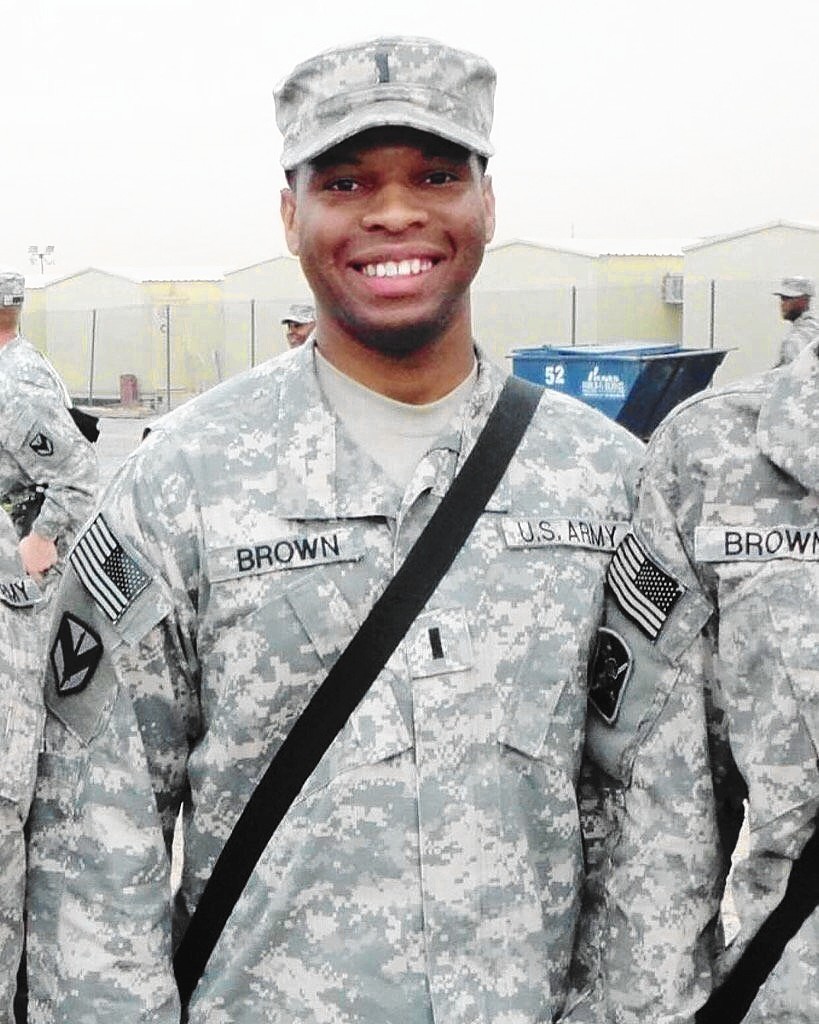
Antonio Davon Brown
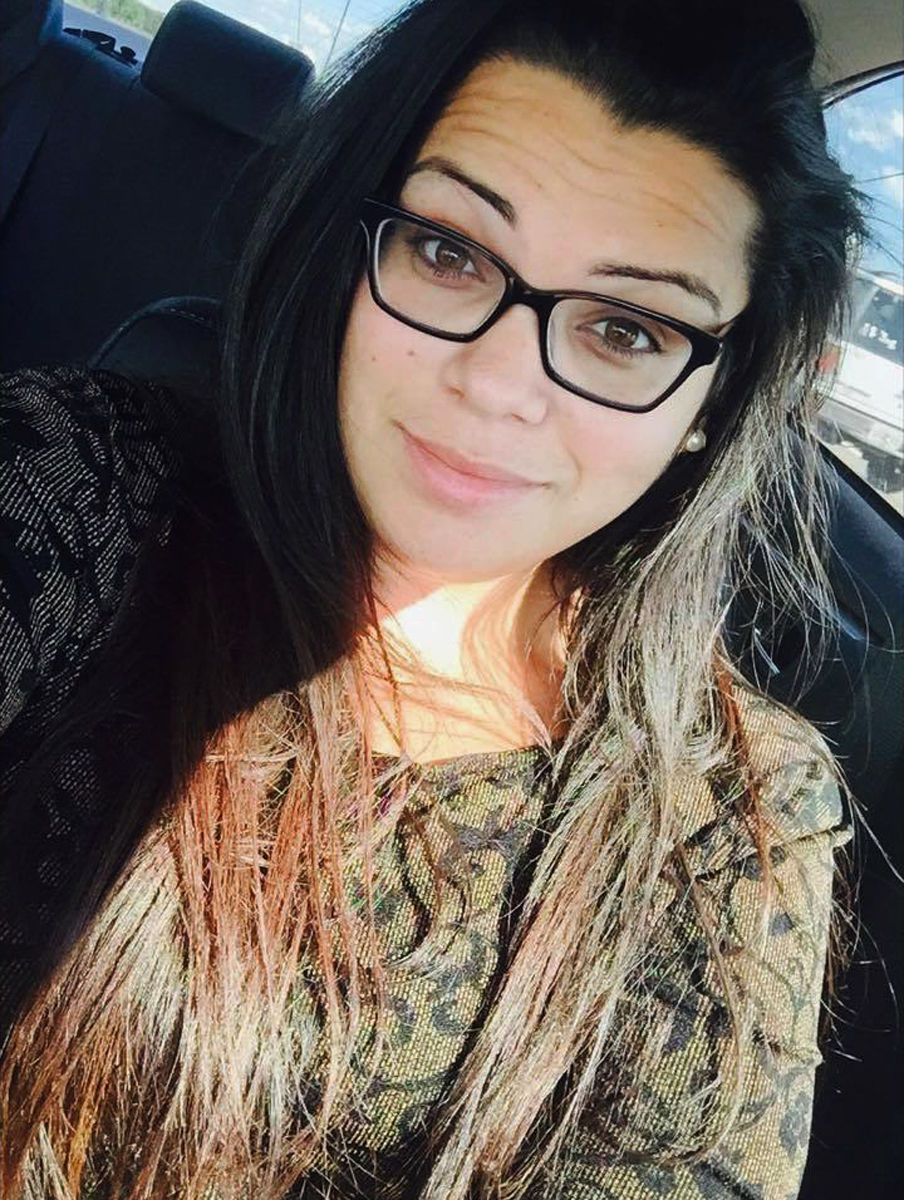
Amanda L. Alvear
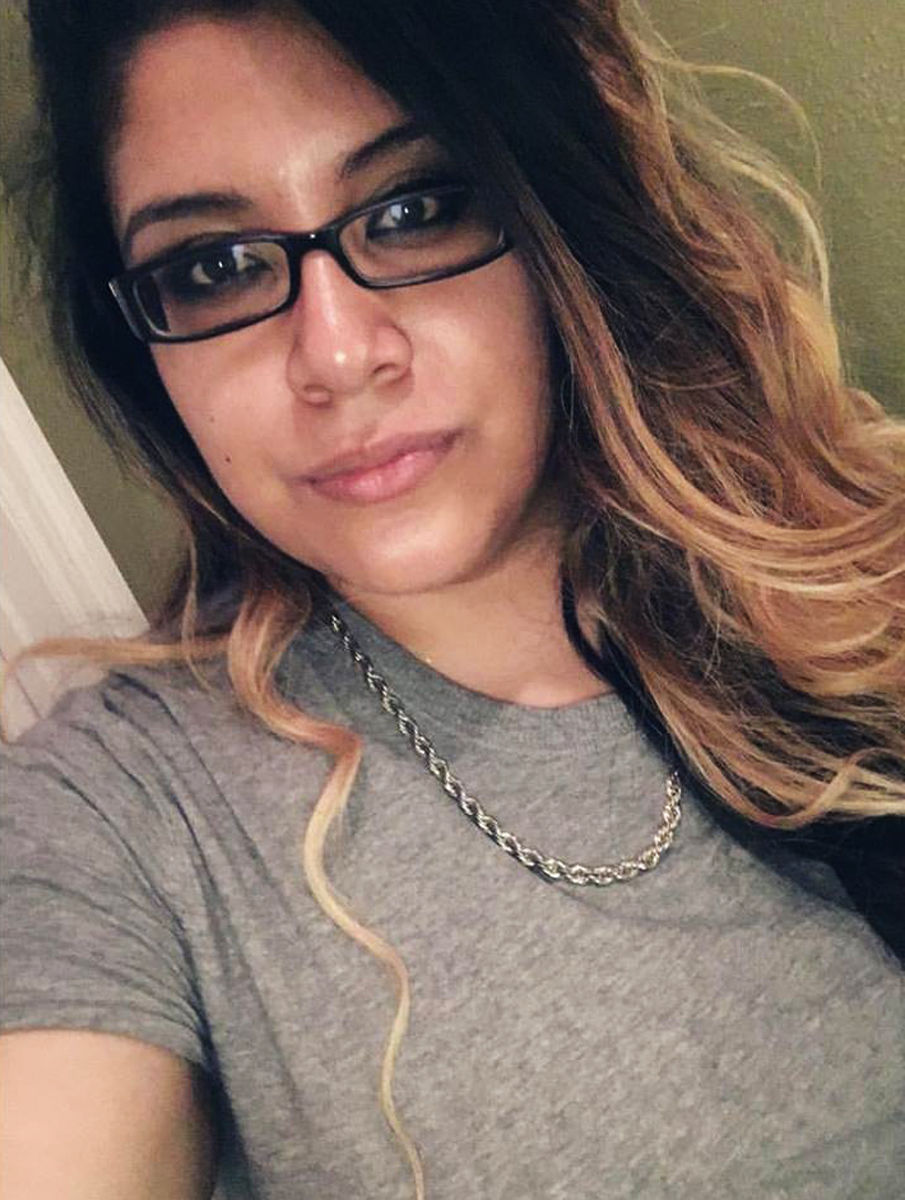
Mercedez Marisol Flores
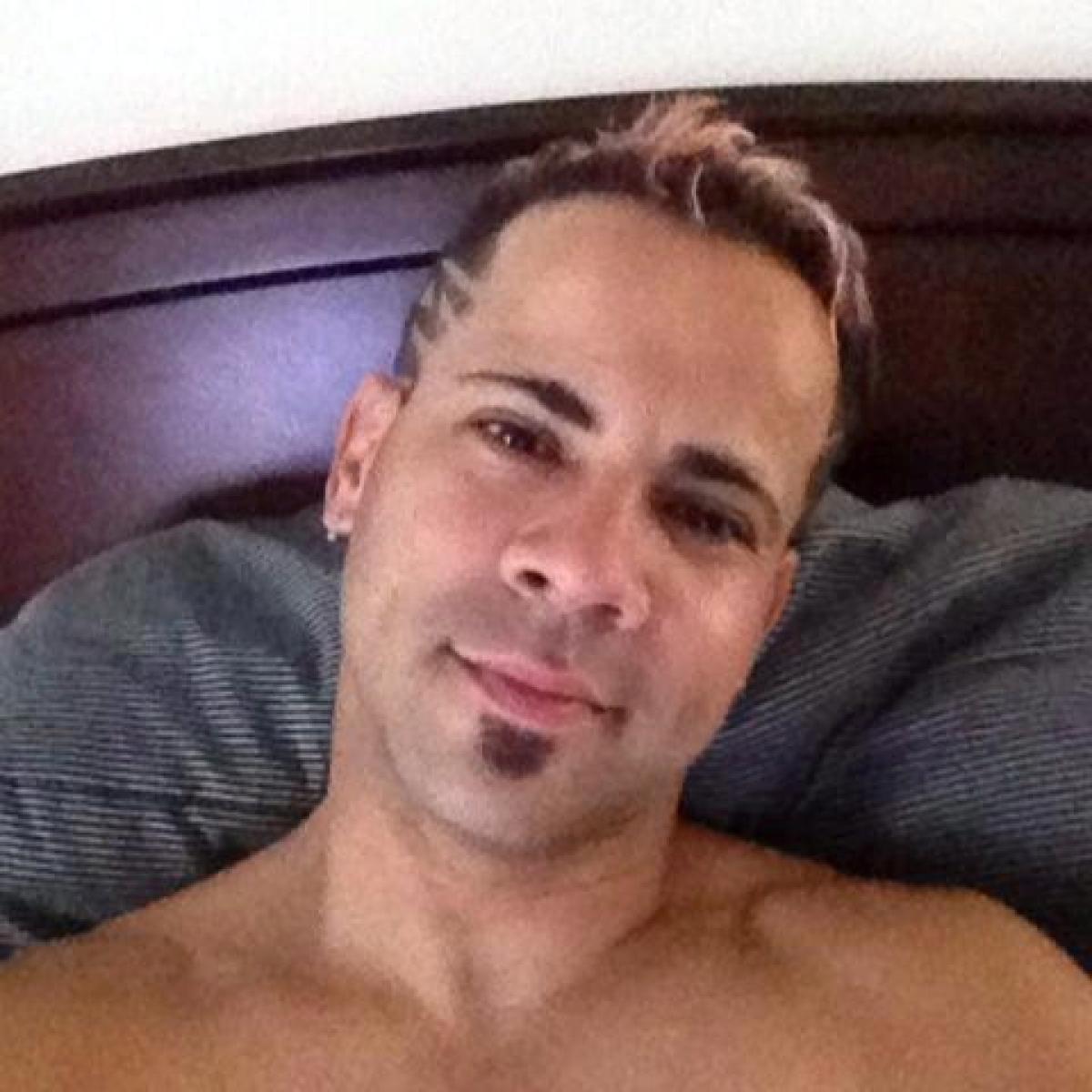
Xavier Emmanuel Serrano-Rosado
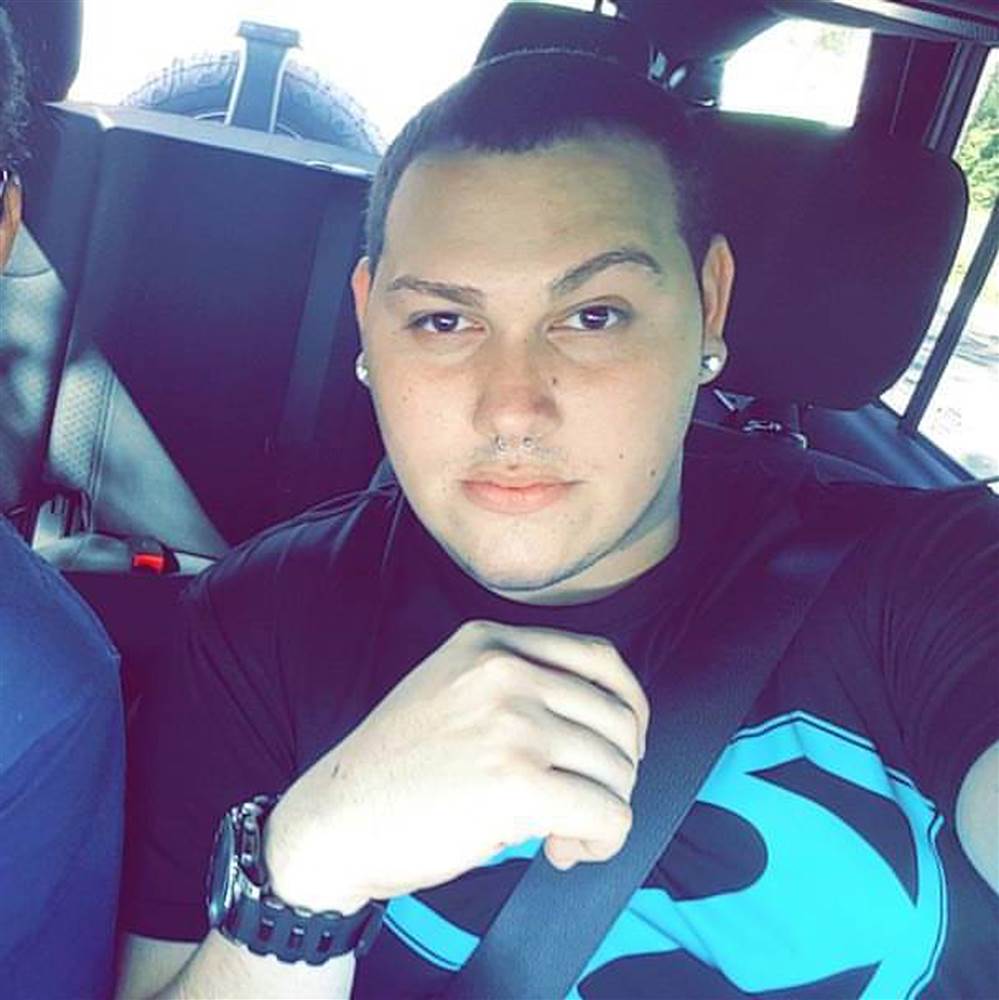
Leroy Valentin Fernandez
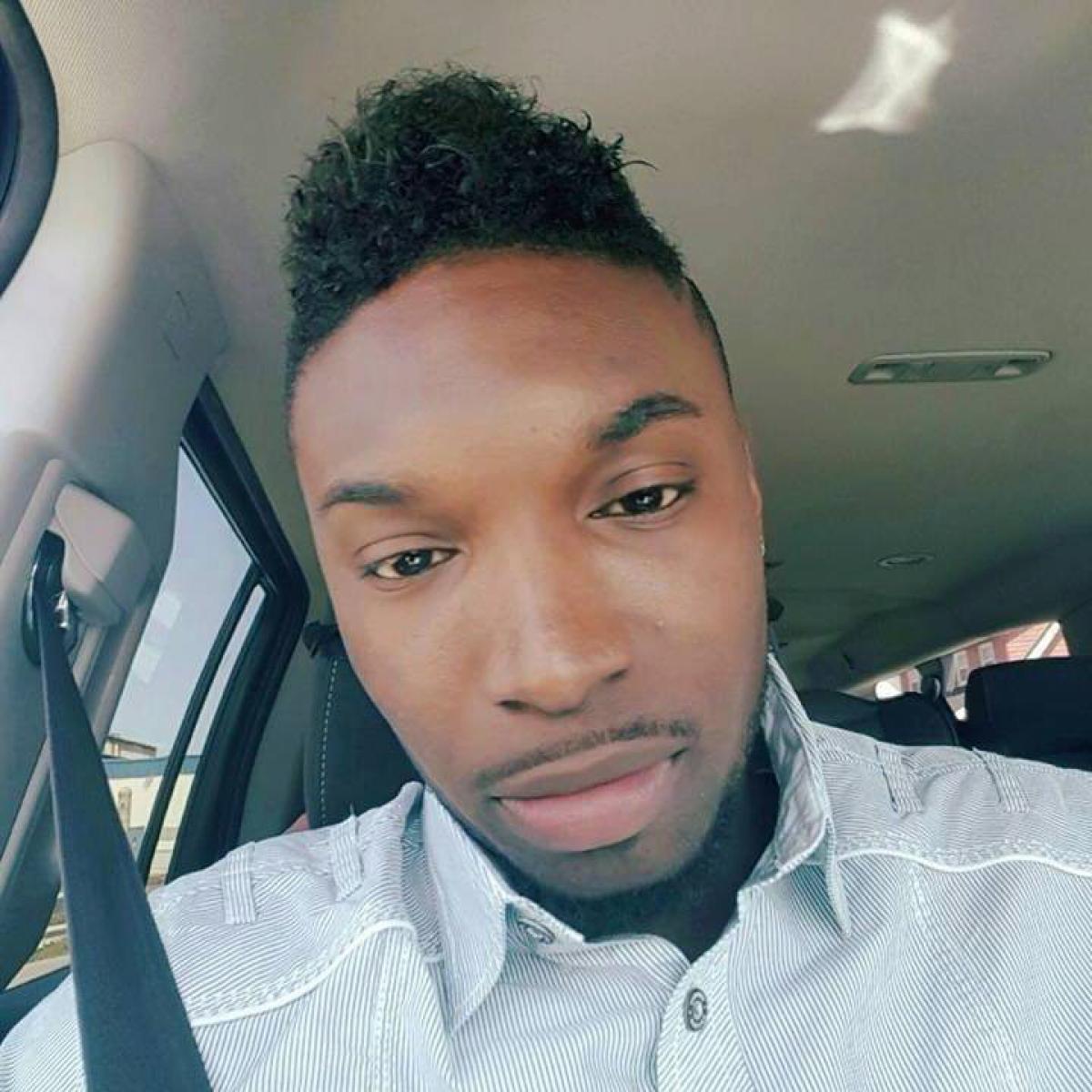
Tevin Eugene Crosby
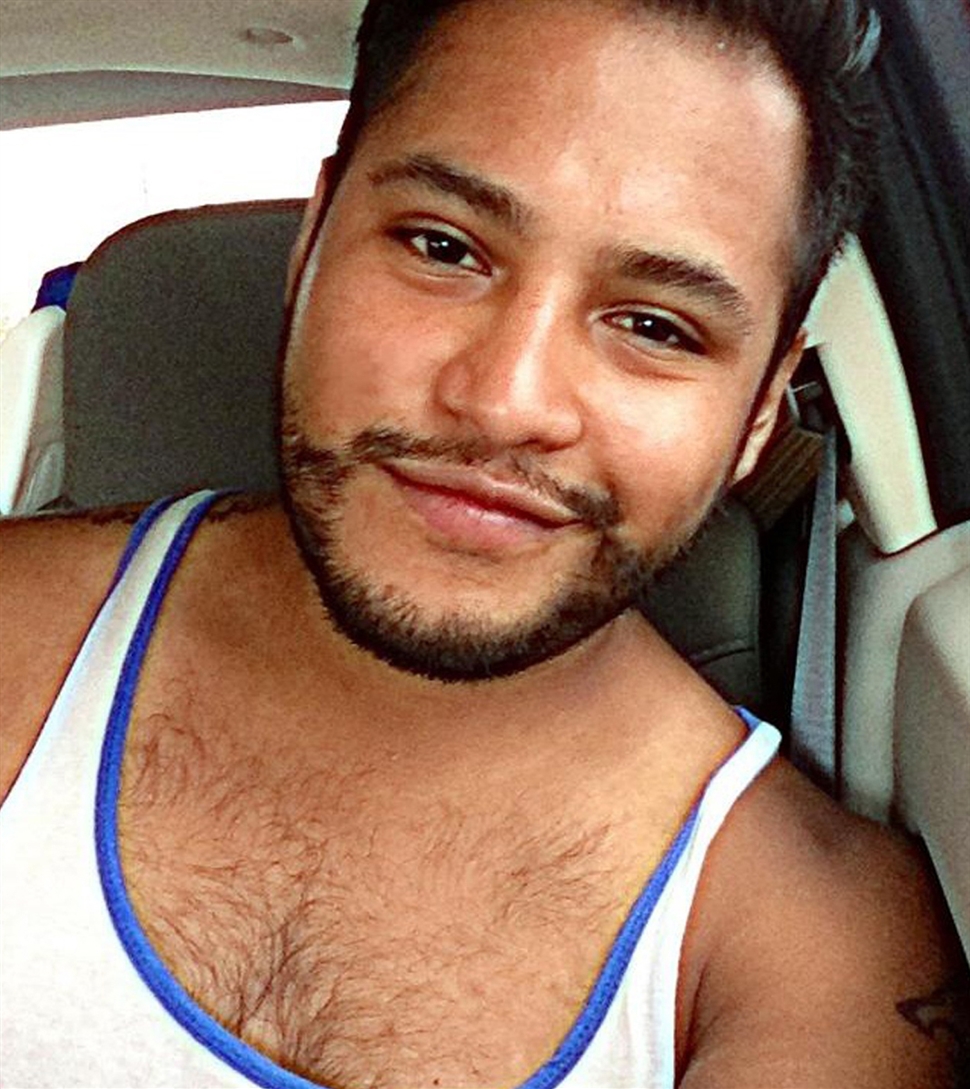
Frank Hernandez
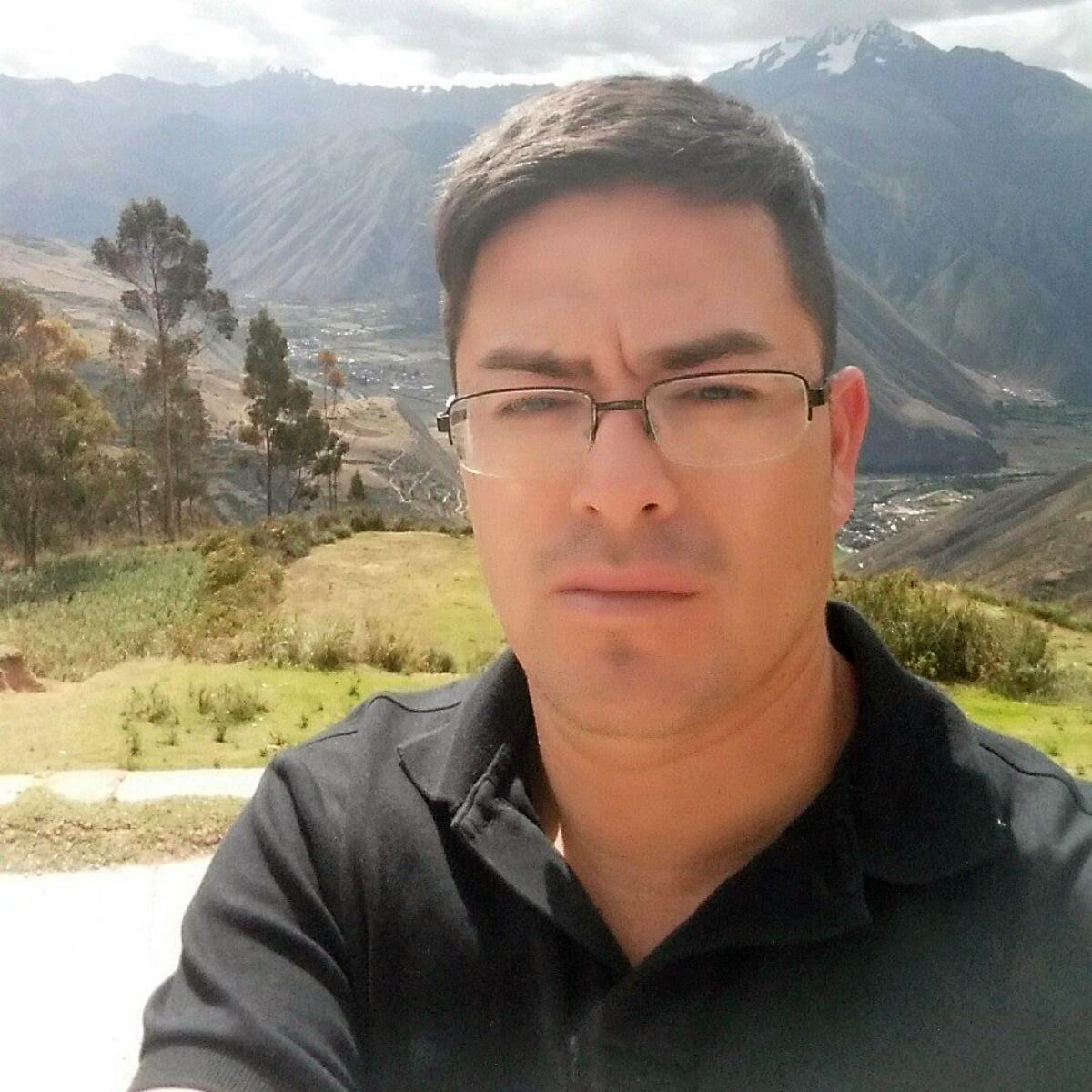
Jerry Wright
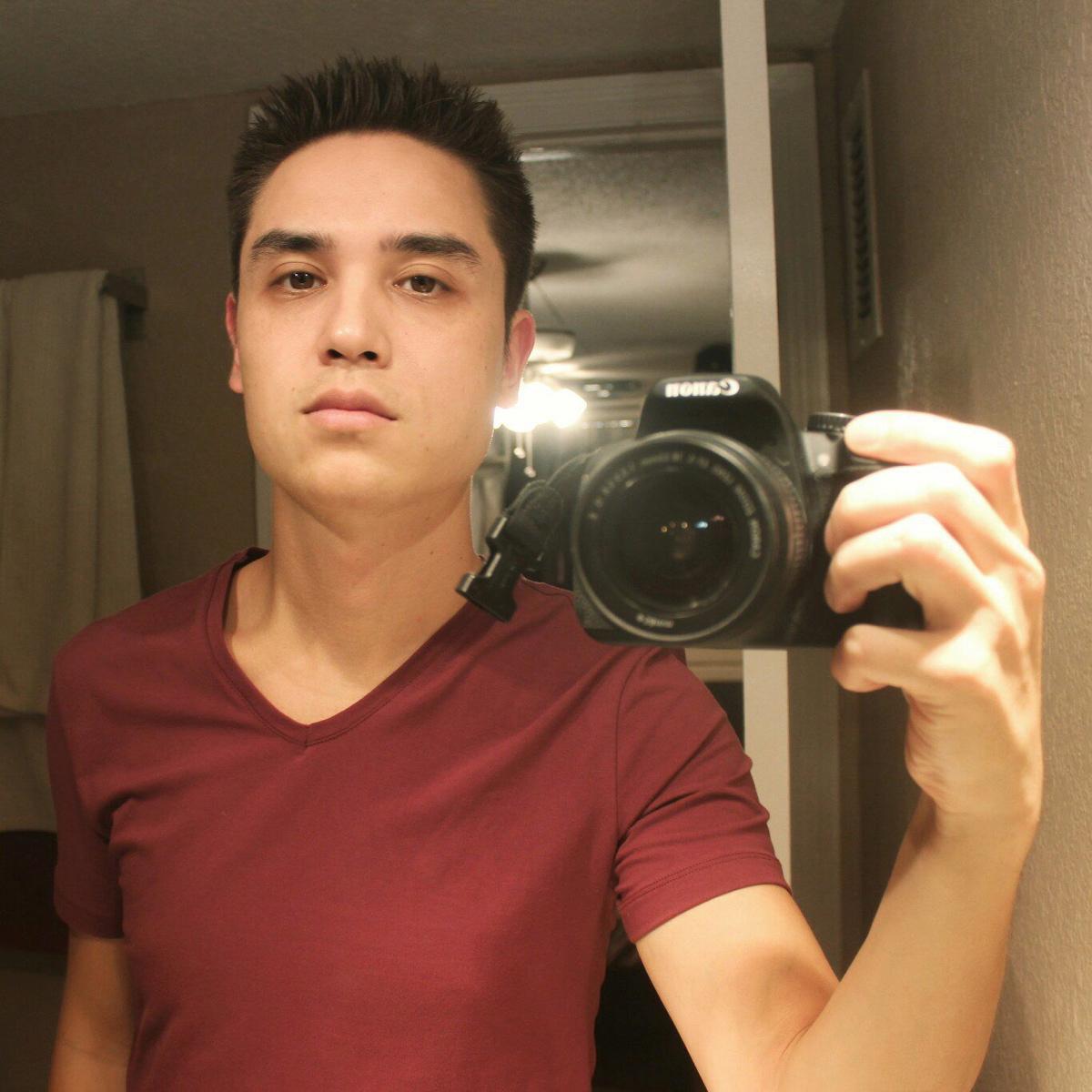
Christopher Andrew Leinonen
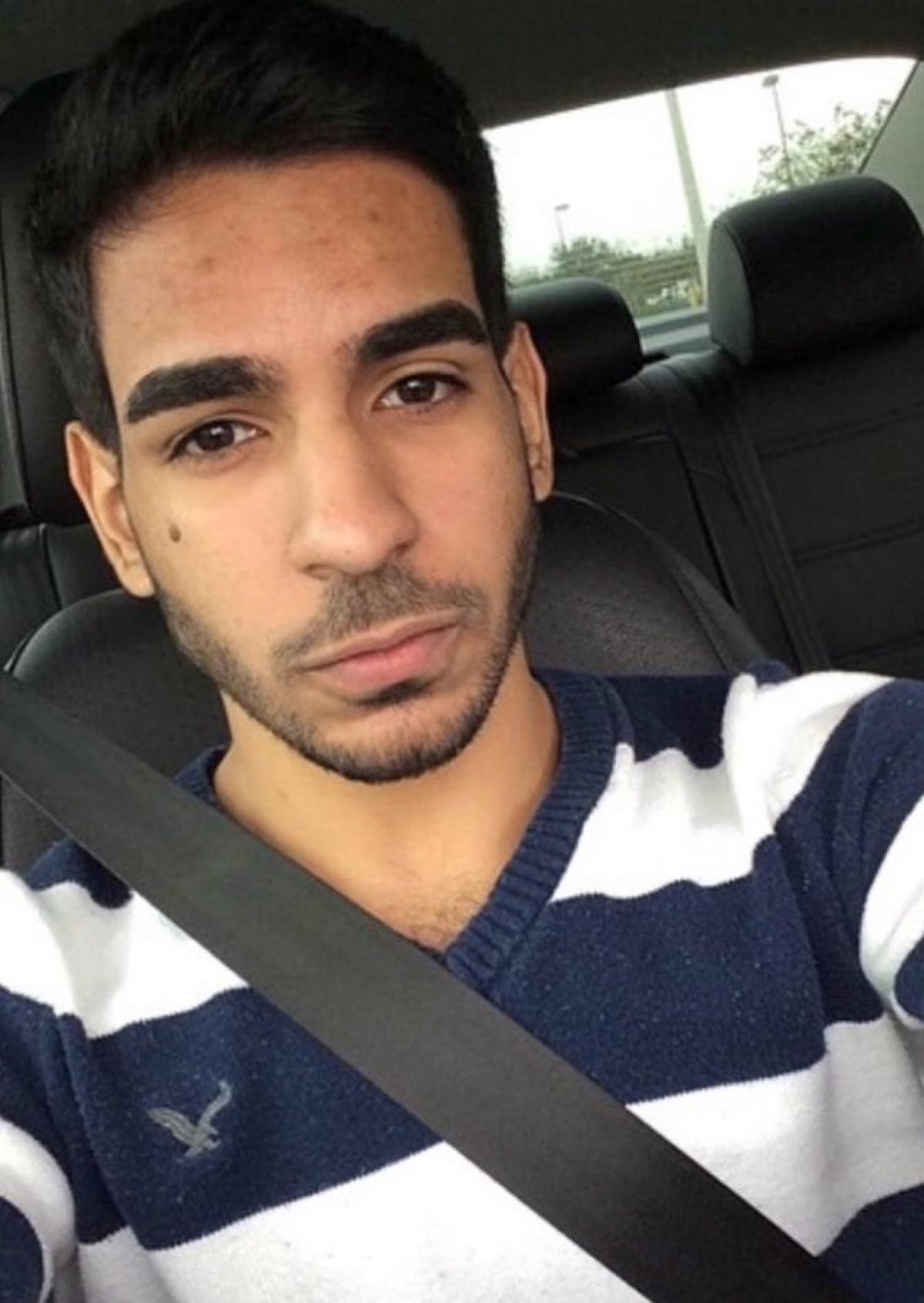
Juan Ramon Guerrero

Enrique L. Rios Jr
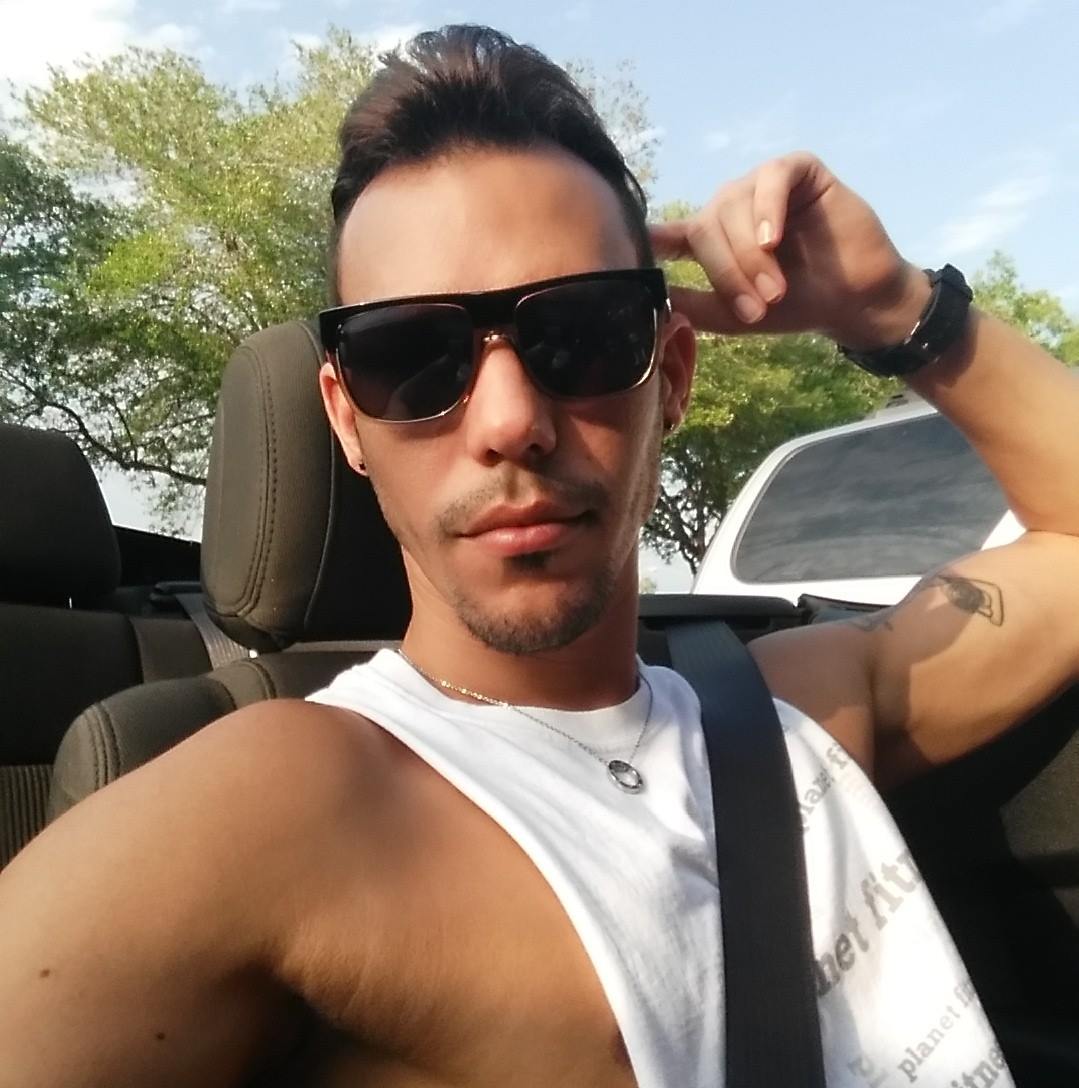
Martin Benitez Torres
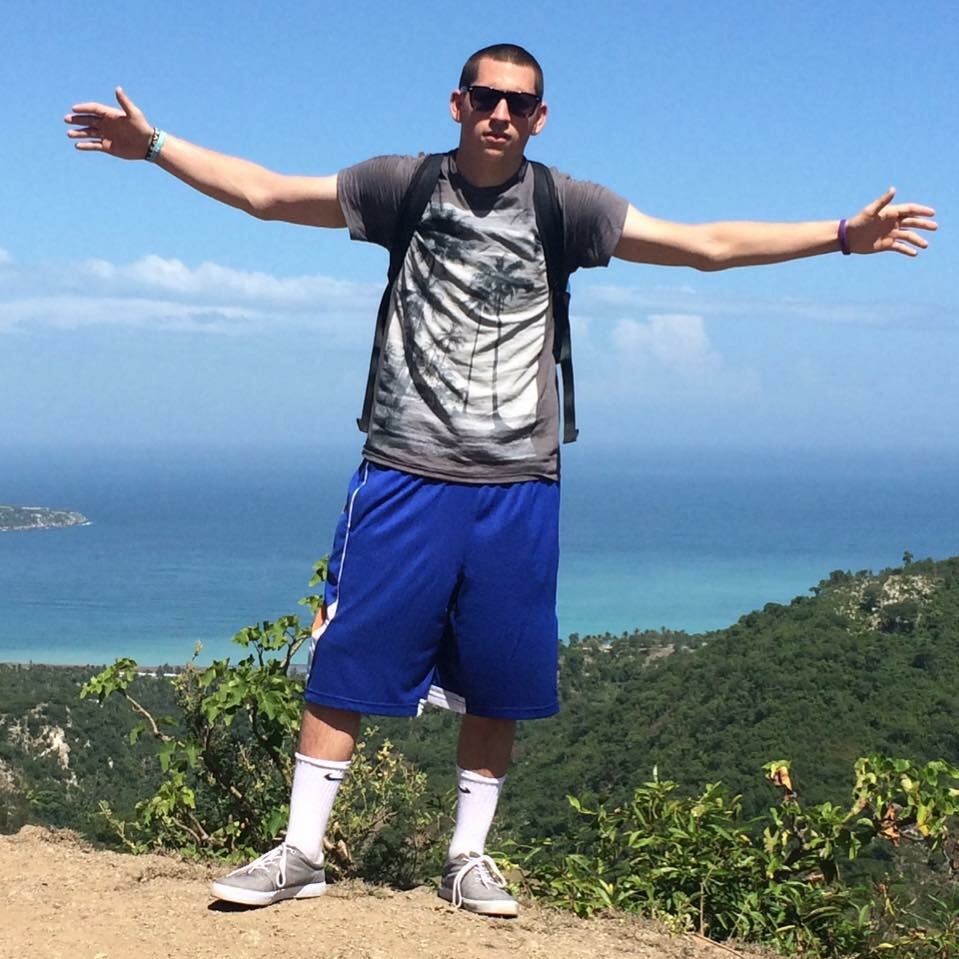
Cory James Connell

Shane Evan Tomlinson
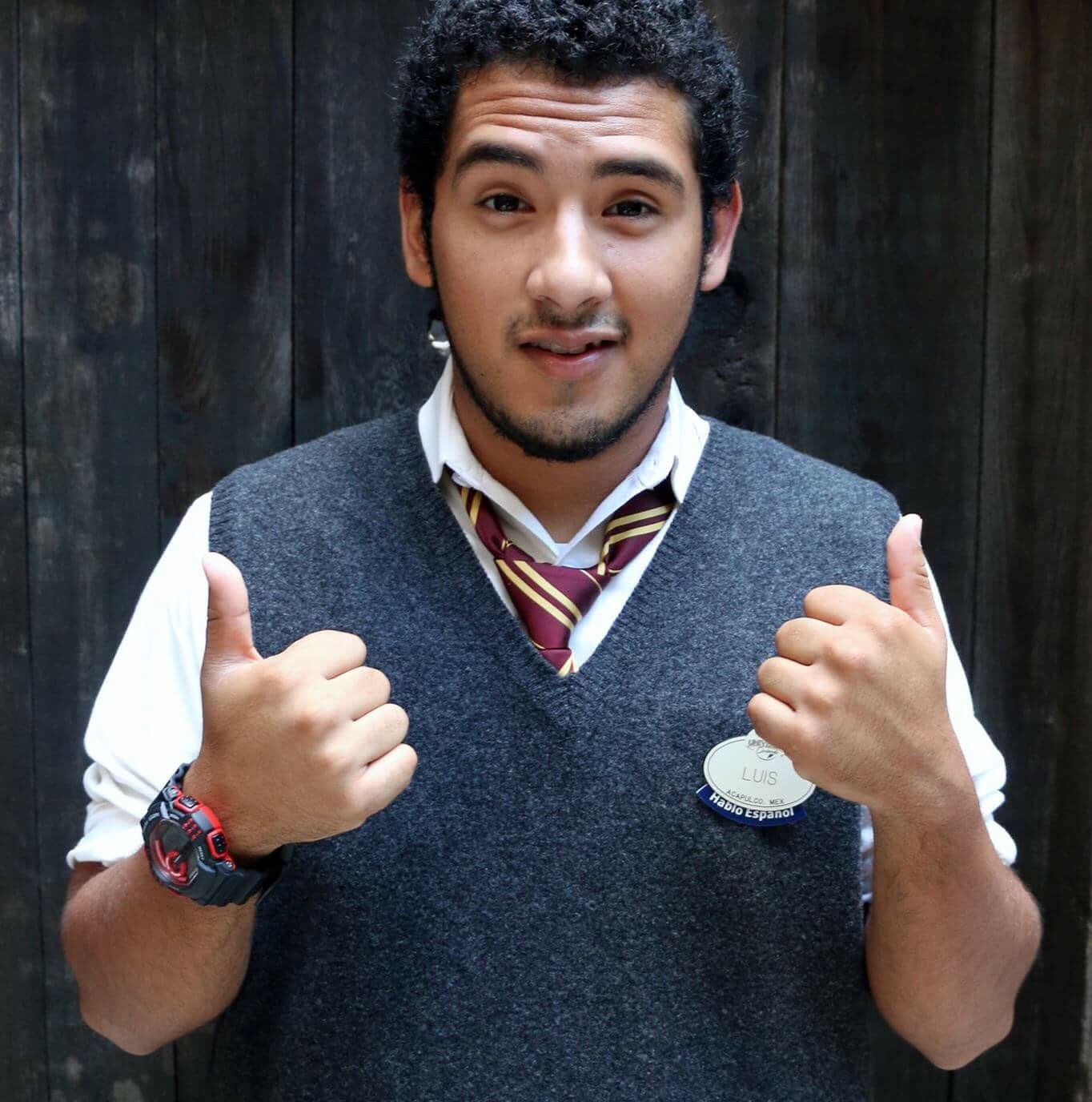
Luis Sergio Vielma
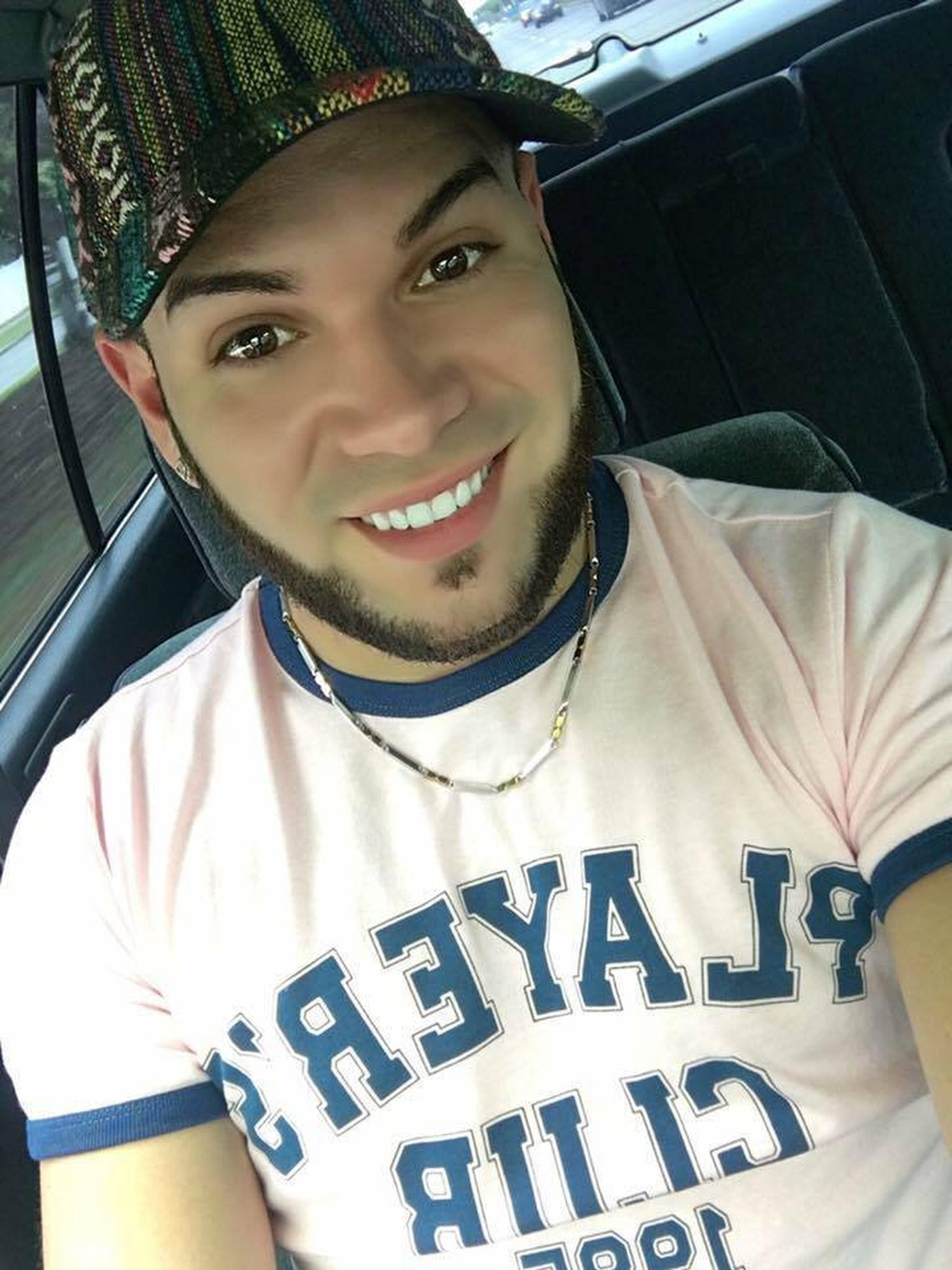
Gilberto R. Silva Menendez
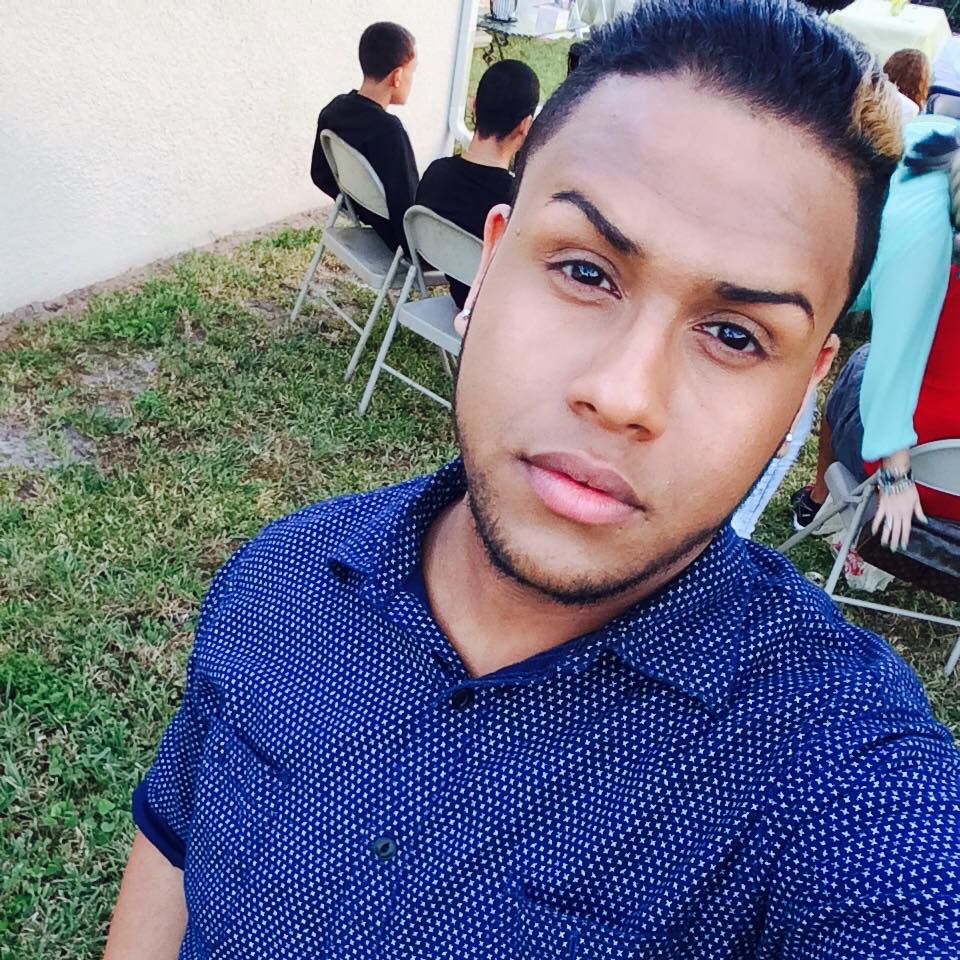
Peter Ommy Gonzalez Cruz
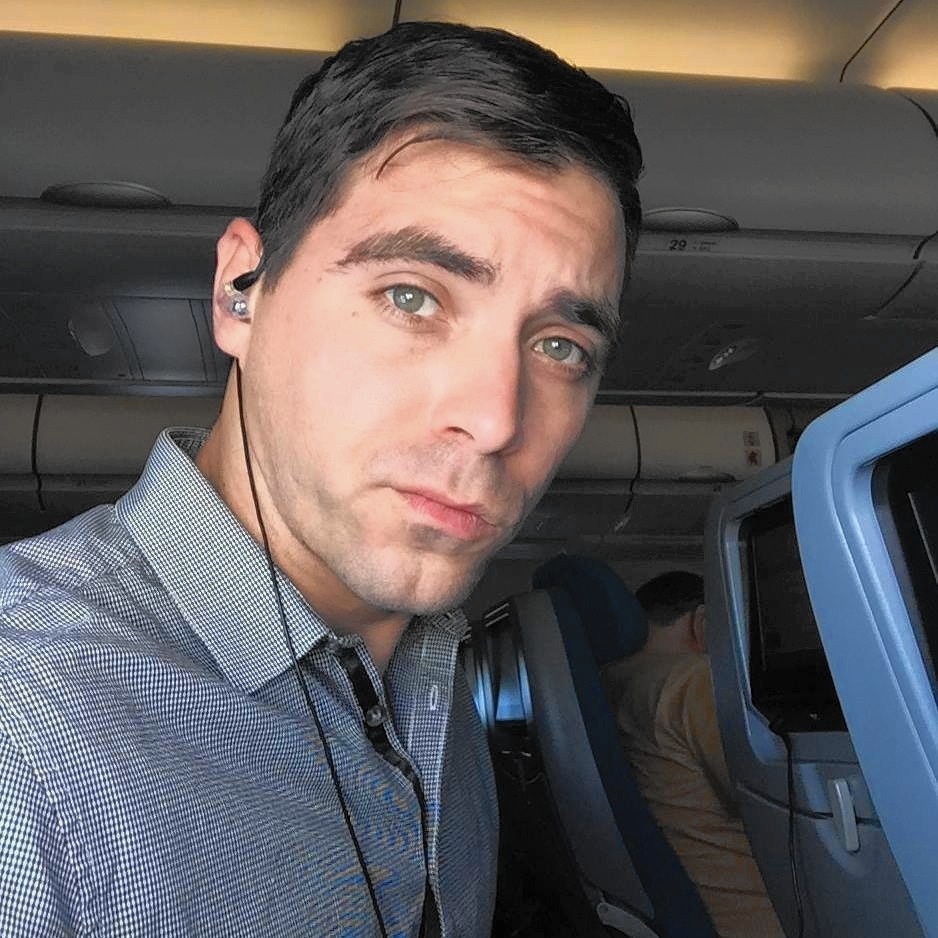
Eddie Sotomayor Jr.
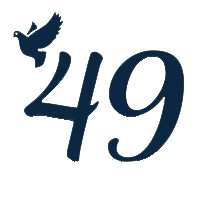
Digital Memorial
.
For more, visit our 2018 and 2019 Pulse remembrance exhibitions
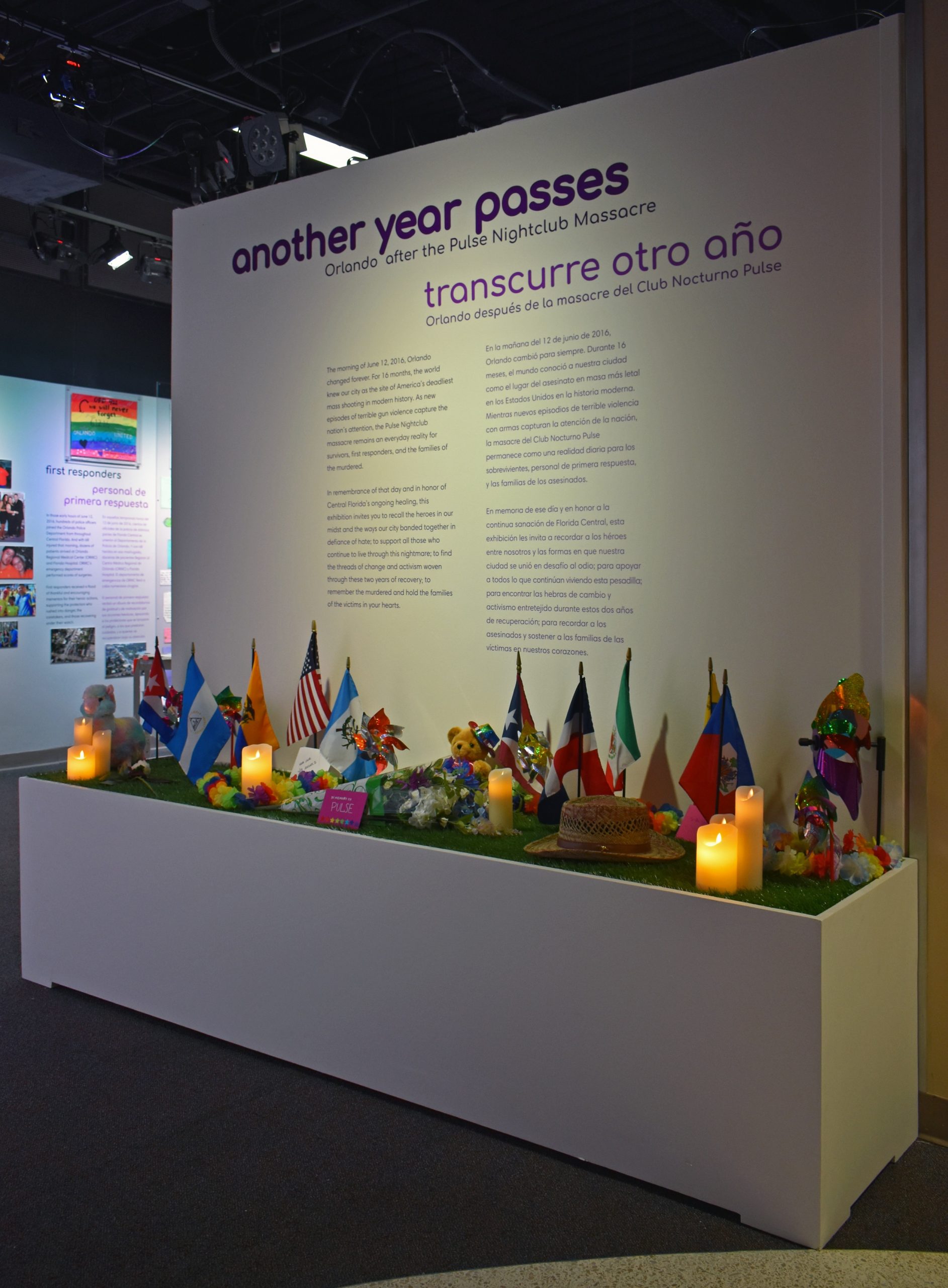
2018
Another Year Passes
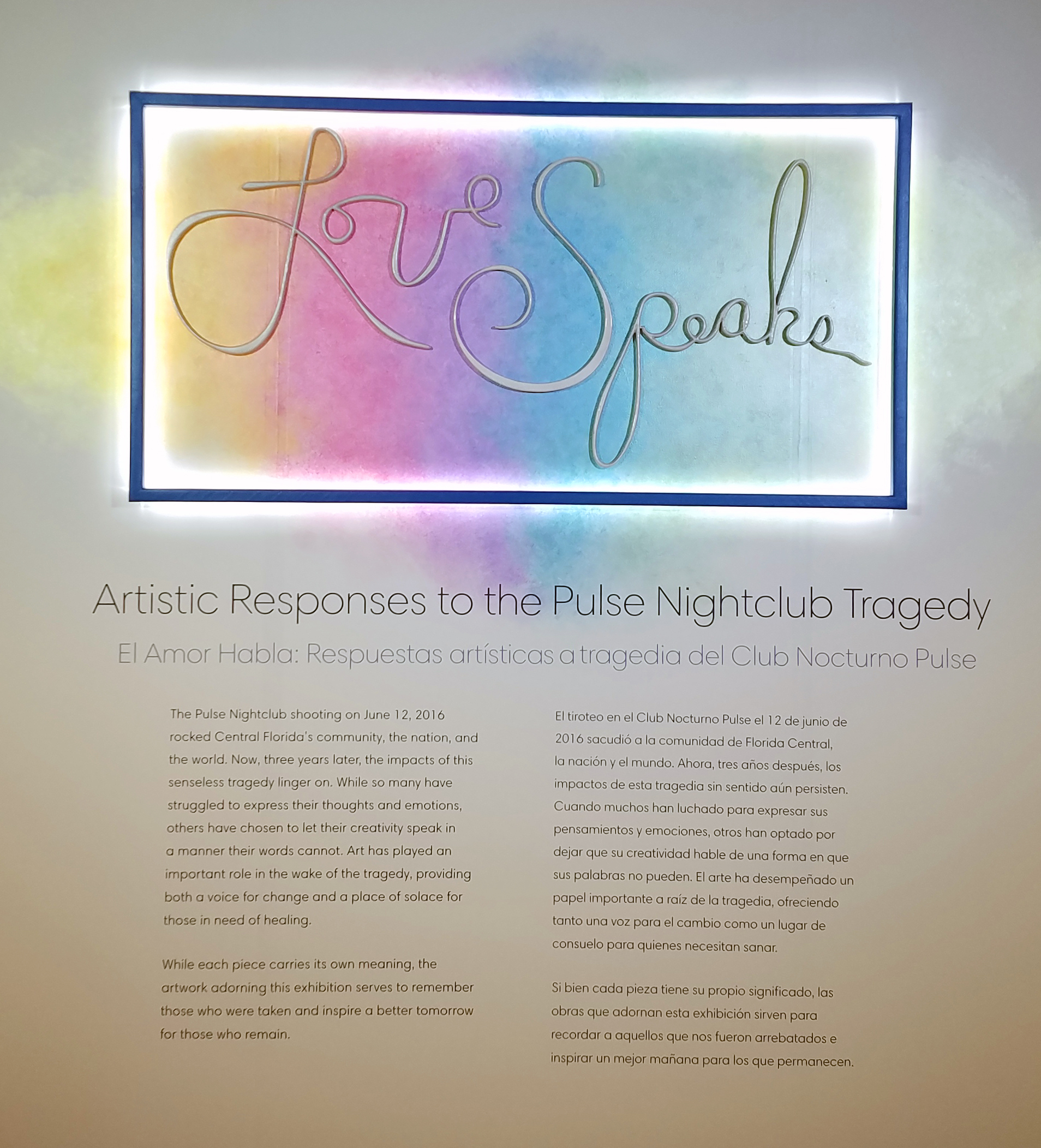
2019
Love Speaks

